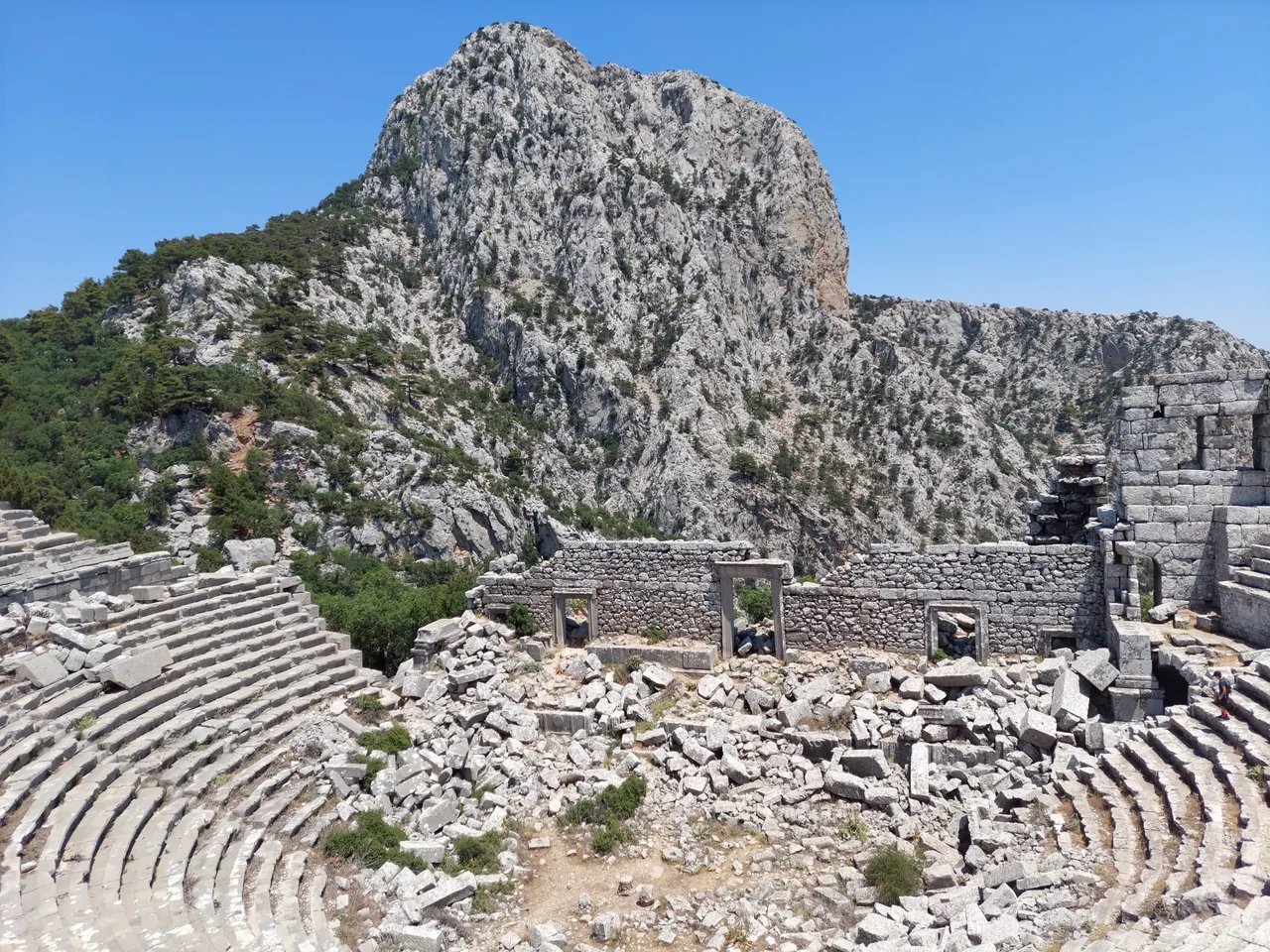
With the first light of morning, I set off towards Pisidia, the land of the Solymi, towards the lost city of Termessos atop the mountains. I was eager to hear what these timeless structures would tell me. Termessos had been calling to me for a long time. Despite researching extensively and reading almost every book about it during my university days, I had never had the chance to see this ancient city with my own eyes. Now right after finishing my exams, I didn't miss this opportunity and went to see this unconquered city on the peak of Solymos Mountain.
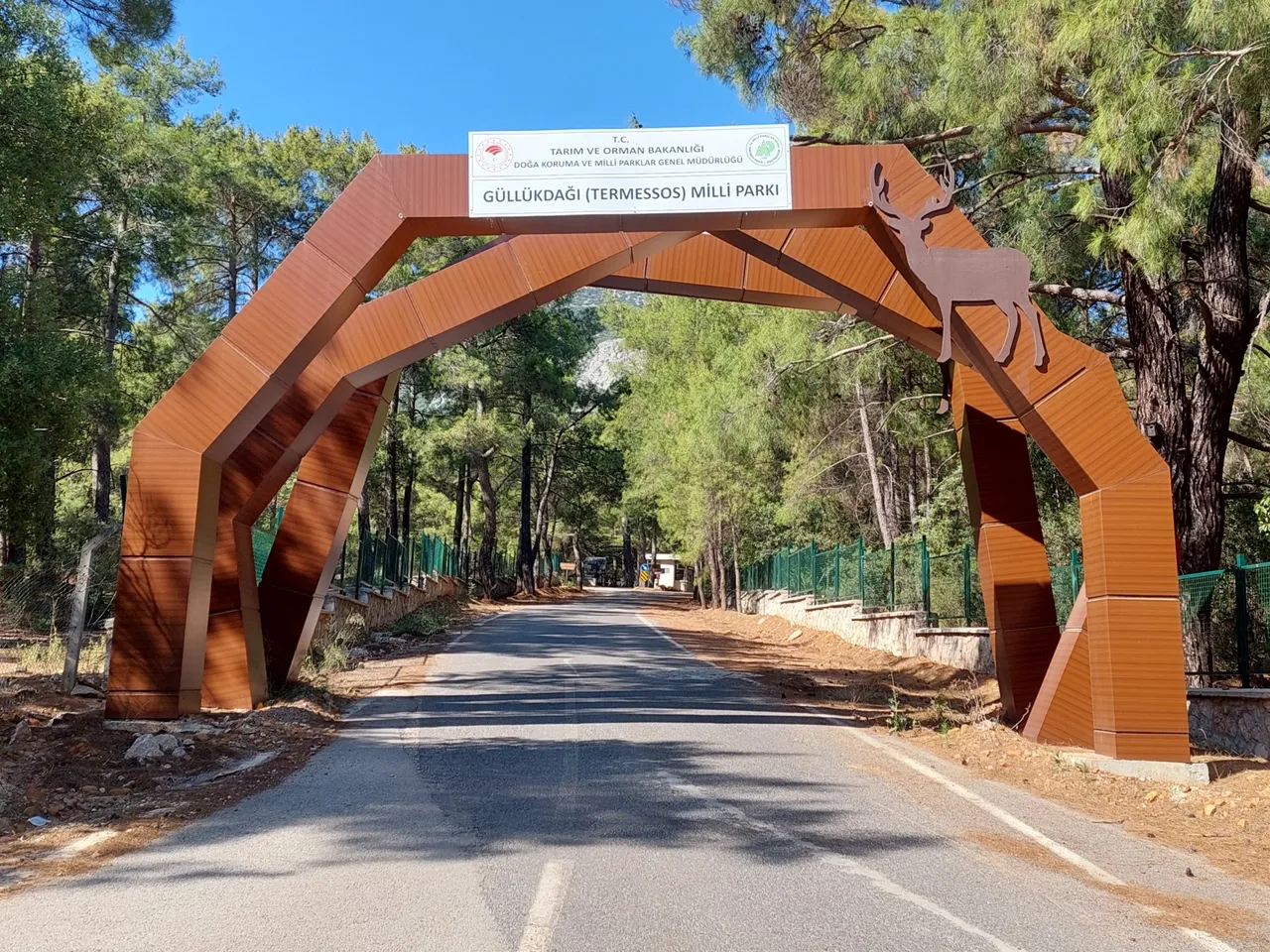
Of course nowadays neither this place is called Pisidia nor the mountain Solymos. The ancient city lies within the borders of Antalya, Turkey. The mountain is known as Güllük Dağı, approximately 34 kilometers away from my home. I had considered biking there. However knowing myself I was sure that I would get distracted by every flower or living creature I saw, deviating from my main purpose. So, I postponed it to another time. I drove to the Termessos junction. Later fueled by the desire to thoroughly explore Termessos I began walking. When the attendant at the gate heard that I intended to walk he said "Are you sure? First you'll walk about 9 kilometers uphill. Then you'll climb another 3 kilometers through the ancient city on paths." I know, don't worry, everything will be fine, I replied, which surprised him considerably. Later on my way back, unable to resist my curiosity, I asked him how many people walk there every day. "None" he said. "It's very rare to see people walking here. Sometimes young people come in groups to walk, but that's in cooler weather. I've seen very few tourists hiking."
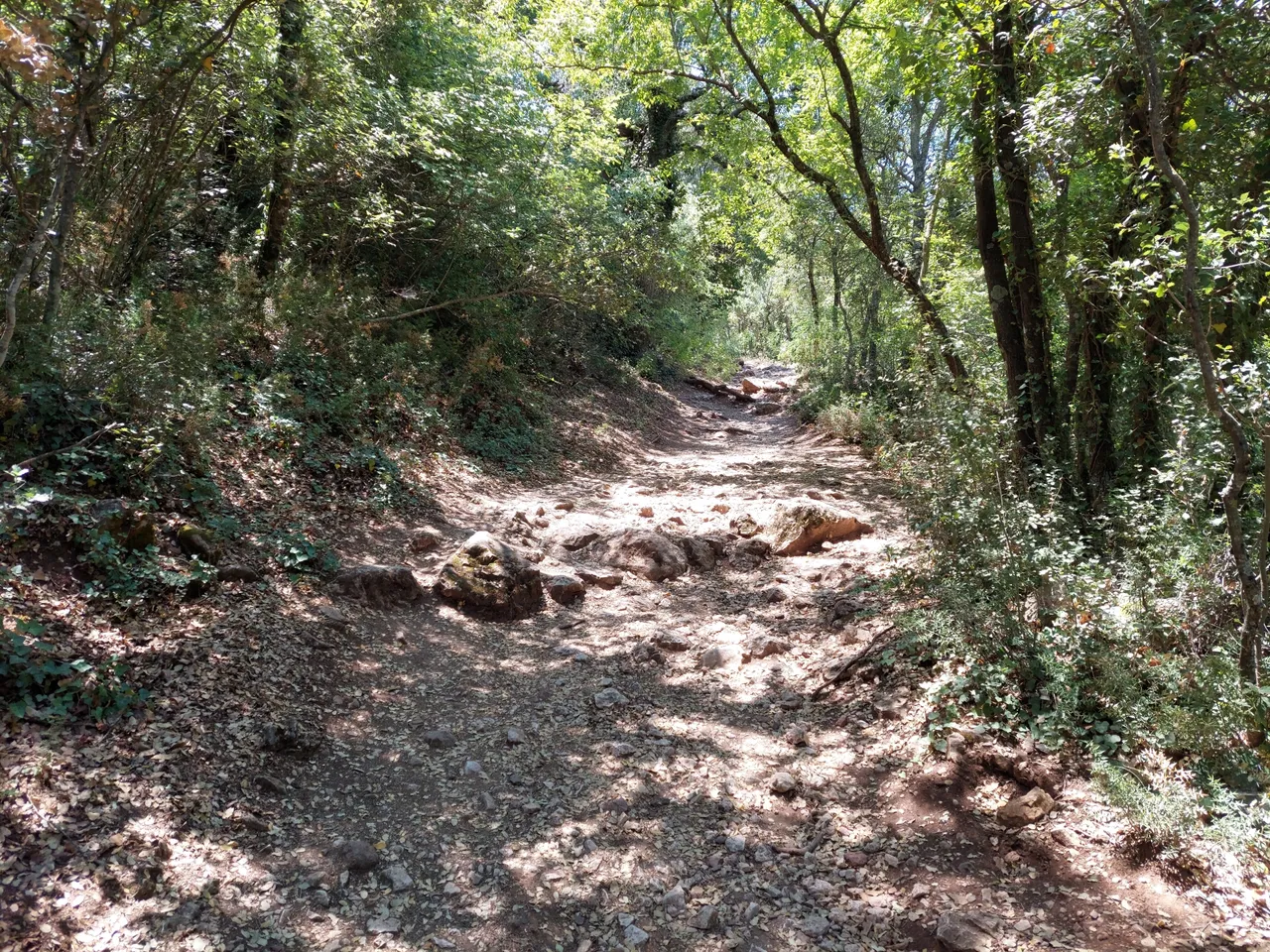
I was glad to hear that. I believe that sometimes being unconventional helps us generate new and innovative ideas. Besides I can't explain how much I love wandering among the rocks in these mountains. Sometimes the idea of spending a lifetime here doing research seems very appealing to me. Perhaps one day I'll become an archaeologist and have the chance to make this idea a reality.
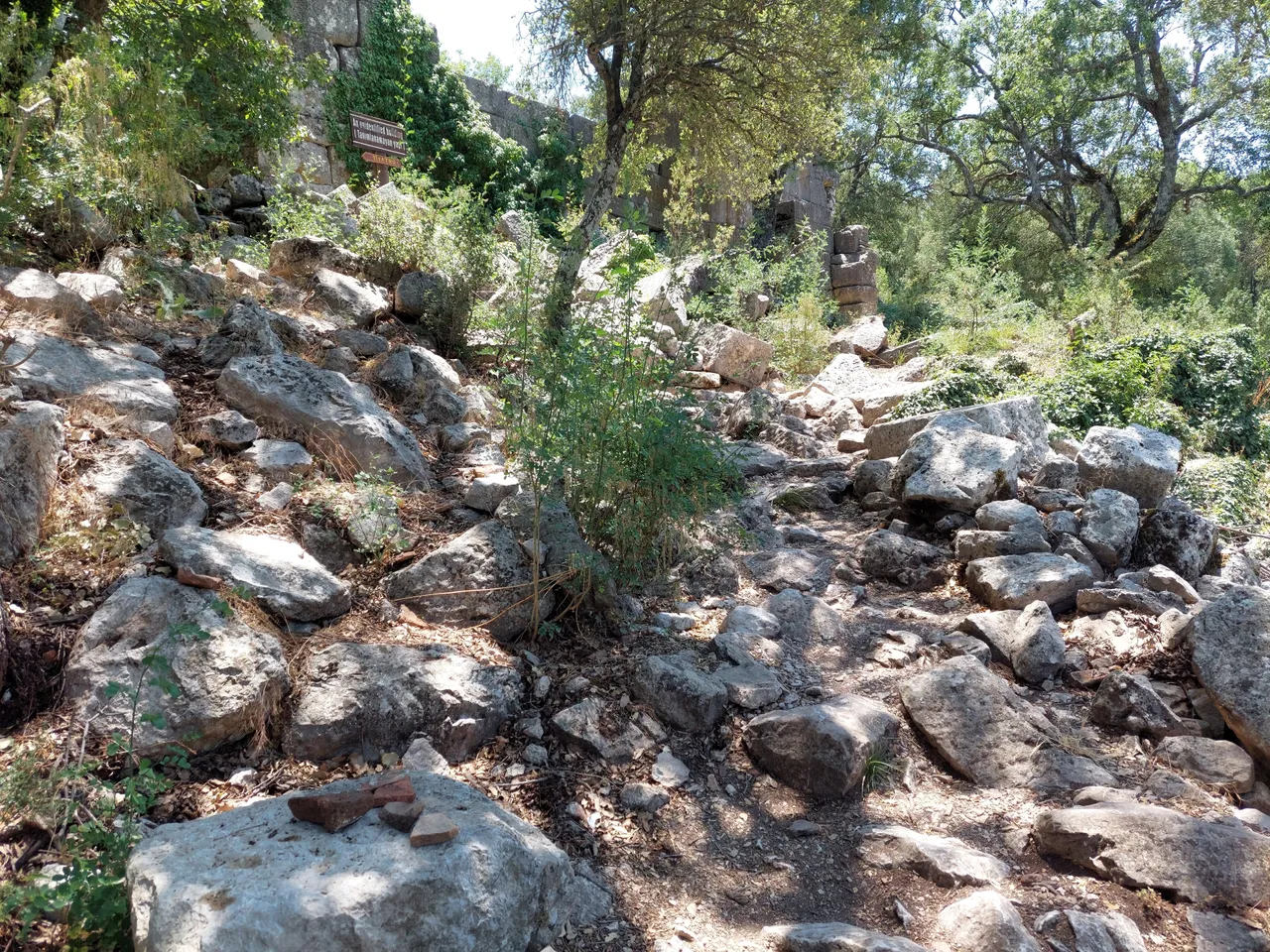
My Hiking Route
Termessos ancient city is located at an altitude of 1665 meters. Imagine an eagle's nest perched atop the mountains. It resembles an eagle's nest in shape as well. To ascend the foothills of Güllük mountain, I first walked about 9 km. This initial stage is not too challenging. It can also be progressed on an asphalt road. However I preferred paths through the forest interiors to explore different plants and wildlife.
Here is a screenshot from Google maps:
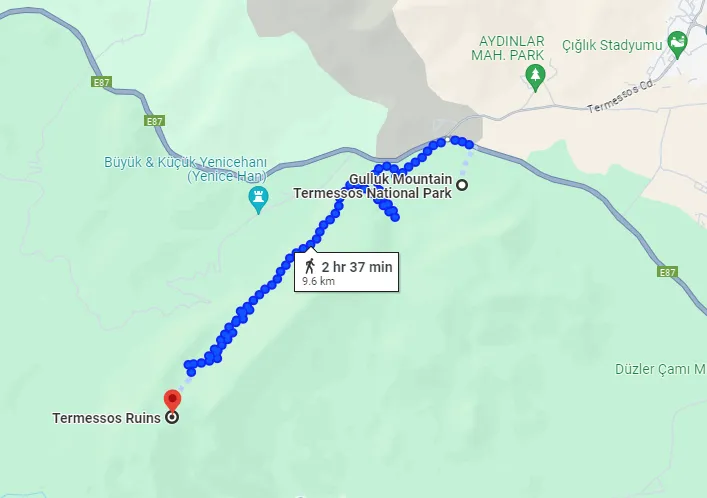
The Güllük mountains are known for their vegetation and animal diversity. Animals such as deer, wild boars, wolves, jackals and others are commonly spotted here. However during my hike, I only encountered lizards. I had read that a wildcat called a caracal is seen here. But despite all my searches, I have yet to see them. On the way back I saw a fox. But it was too quick to take pictures.
After this initial 9 km ascent a somewhat challenging stage begins. I can say this second stage is of moderate difficulty. Steep paths, slopes, slippery rocks and thorns awaited me. If you plan to come here, don't forget sturdy shoes, a hat, sunscreen and of course, it gets hot around here. We recently reached 46 degrees. It's important to drink plenty of water to avoid dehydration.
So, in total the ascent reaches an altitude of about 10.5-11 km.
About Termessos
Termessos is not an ancient Greek city. Its history dates back to ancient times. As I mentioned during my visit to Sagalassos, another city of Pisidia, cities with double 's' in their names belong to very ancient Anatolian civilizations. The people who lived here called themselves Solymi. Descended from the Luwians, these people spoke their own language and had their own culture. I came across references to the Solymi in many books by ancient writers. It begins with Homer's Iliad and Strabo, Herodotus, Arrian and other ancient writers describe Termessos and its people. They are generally portrayed as a warrior and brave people. However after visiting Termessos, it is not difficult to understand that these people were not only engaged in warfare. Everything from the artistic details of magnificent structures to engineering marvels such as their water systems tells us that the Solymi were a culturally, socially and technologically advanced society.
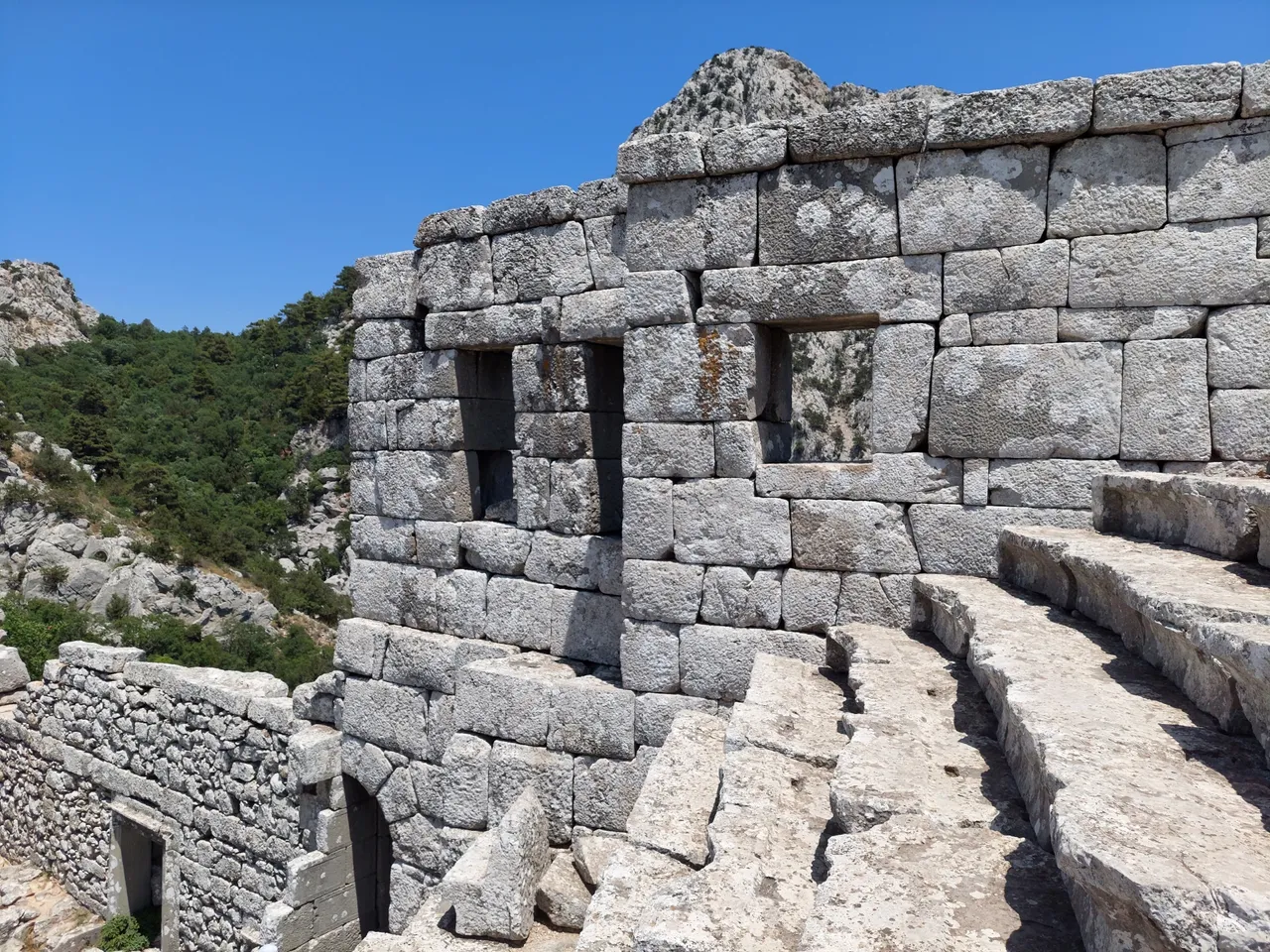
Why Couldn't Alexander the Great Conquer Termessos?
When I first read about this in university, I was very surprised. I asked my professor why Alexander the Great couldn't conquer this city. From what I understood from books, it was because of the natural conditions and the warrior-like people, but weren't there many Pisidian and Lycian peoples who possessed similar traits? Why did Alexander conquer and destroy all of them except Termessos? For instance as I mentioned earlier, Sagalassos a Pisidian city on a mountain peak, was also of its own kind. When Alexander couldn't capture Termessos, he vented his fury on that city and swiftly seized it. My professor told me that I would understand this when I visited Termessos one day. And indeed it happened. As I walked upwards, I had the opportunity to admire the magnificent mountains. These rocks and mountains are very rugged, the slopes are very steep. Even in today's conditions, it's very difficult to climb up these mountains. How could Alexander conquer this place?
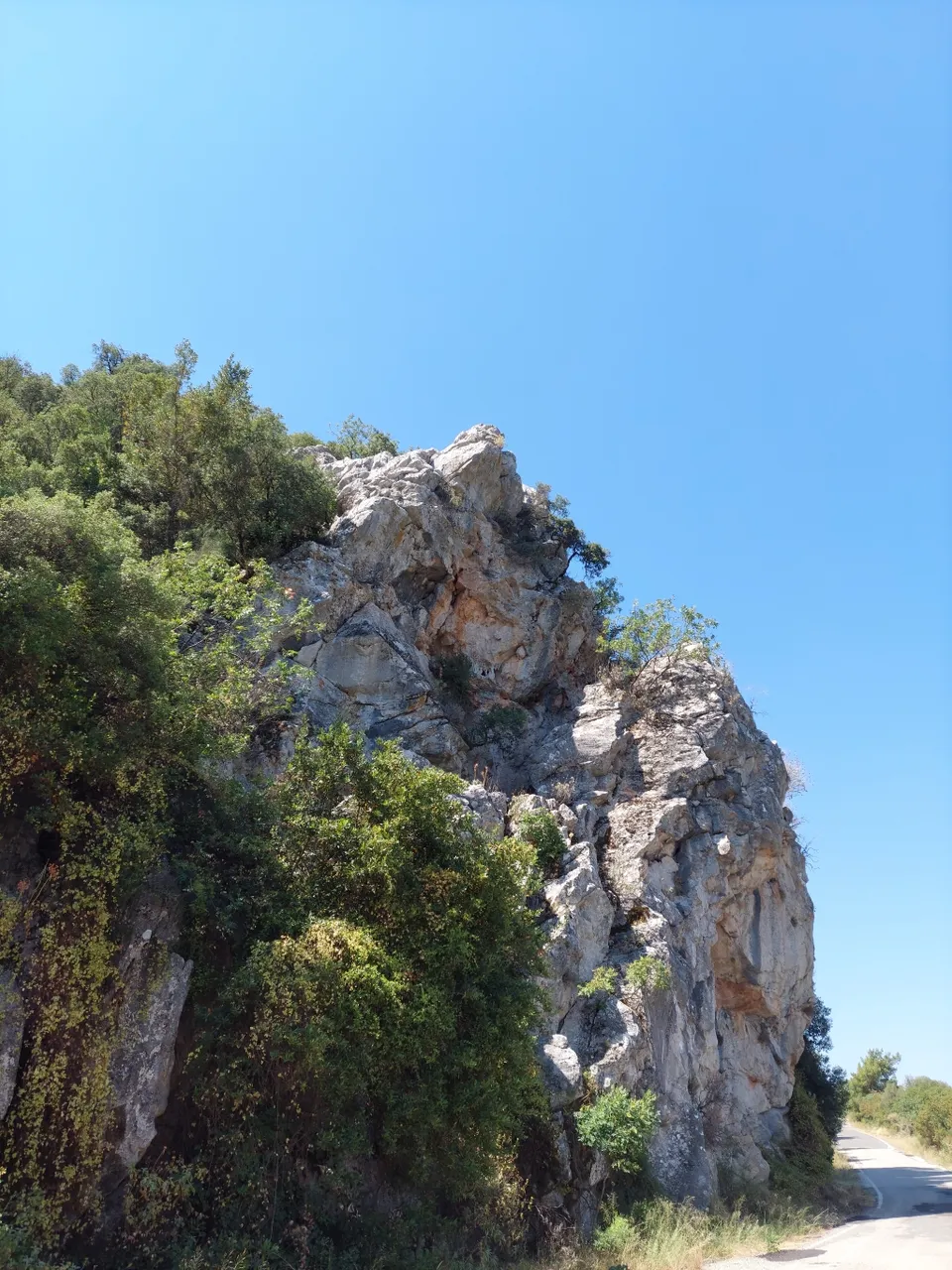
From what we understand from the books, he used diplomacy and swift attacks to capture other Anatolian cities. That is he first sent an envoy and offered the cities to surrender voluntarily. When he received a negative answer, he quickly attacked the cities. It was impossible for him to climb these mountains and launch a swift attack. Undoubtedly he had very intelligent war strategy experts in his army and his soldiers were trained to fight in tough terrain conditions. But did they have a chance to bring up their heavy machinery to these mountains? Not to mention that climbing mountains means a lot of expense. It must have been very difficult to meet the army's food and most importantly water needs. There was no water in Termessos. The Solymi collected rainwater and built cisterns and water reservoirs. They managed their water needs like this for centuries. Ancient writers record that Alexander the Great besieged the city but when he couldn't capture it he gave up and turned to other cities.

When we talk about Termessos, Alexander the Great immediately comes to mind. The truth is the Solymi were here before and after Alexander. But they refused to submit to the great conqueror and inscribed their names in history as invincible.
Treehouses of Termessos
At the starting point of my hike, I was greeted by treehouses. They were very charming. Initially the stairs to the first one were closed, so I couldn't climb up. In the second treehouse, I managed to climb up to the door and enjoyed the view from there. From here a beautiful view of the Taurus Mountains unfolded.
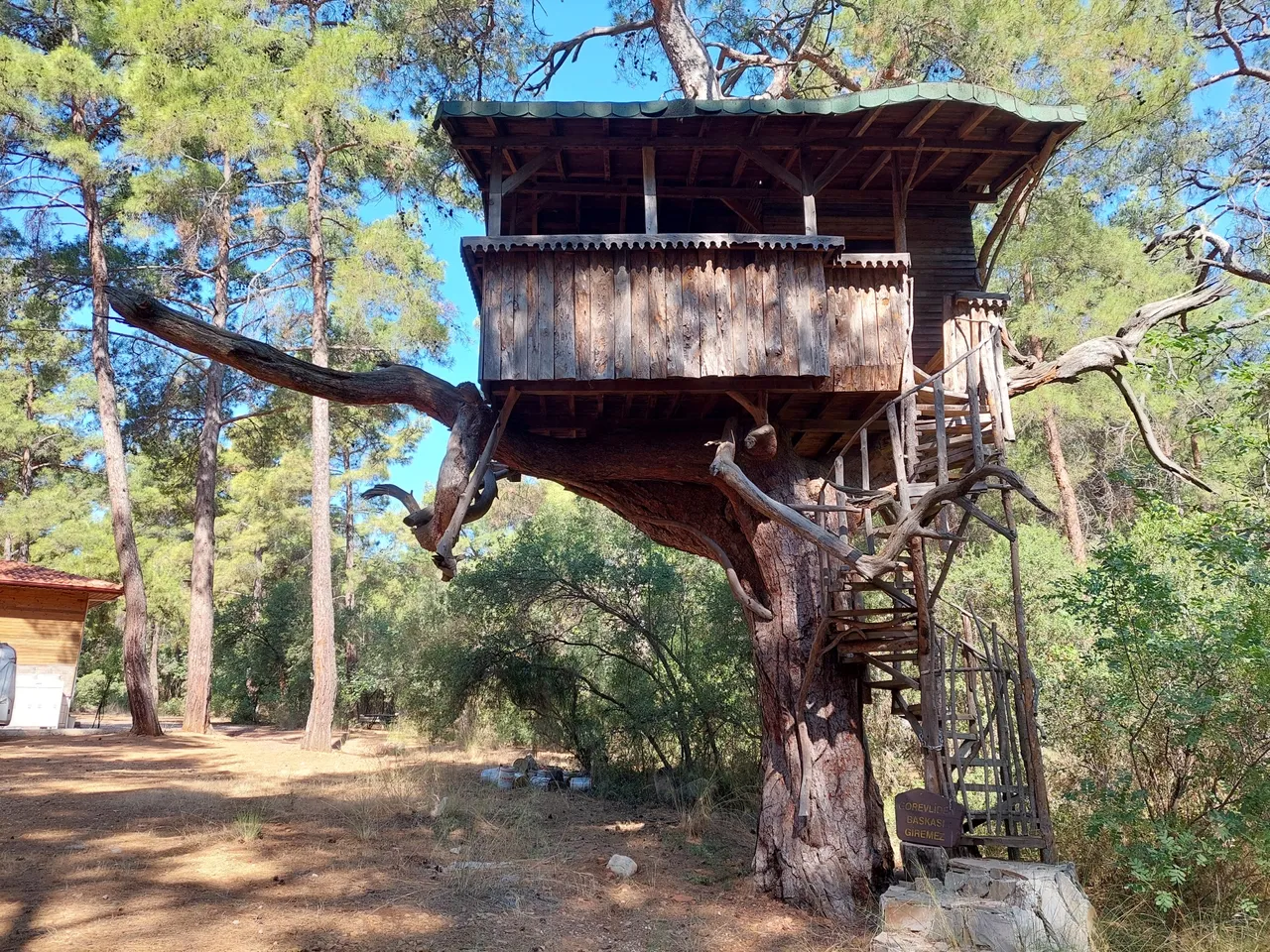
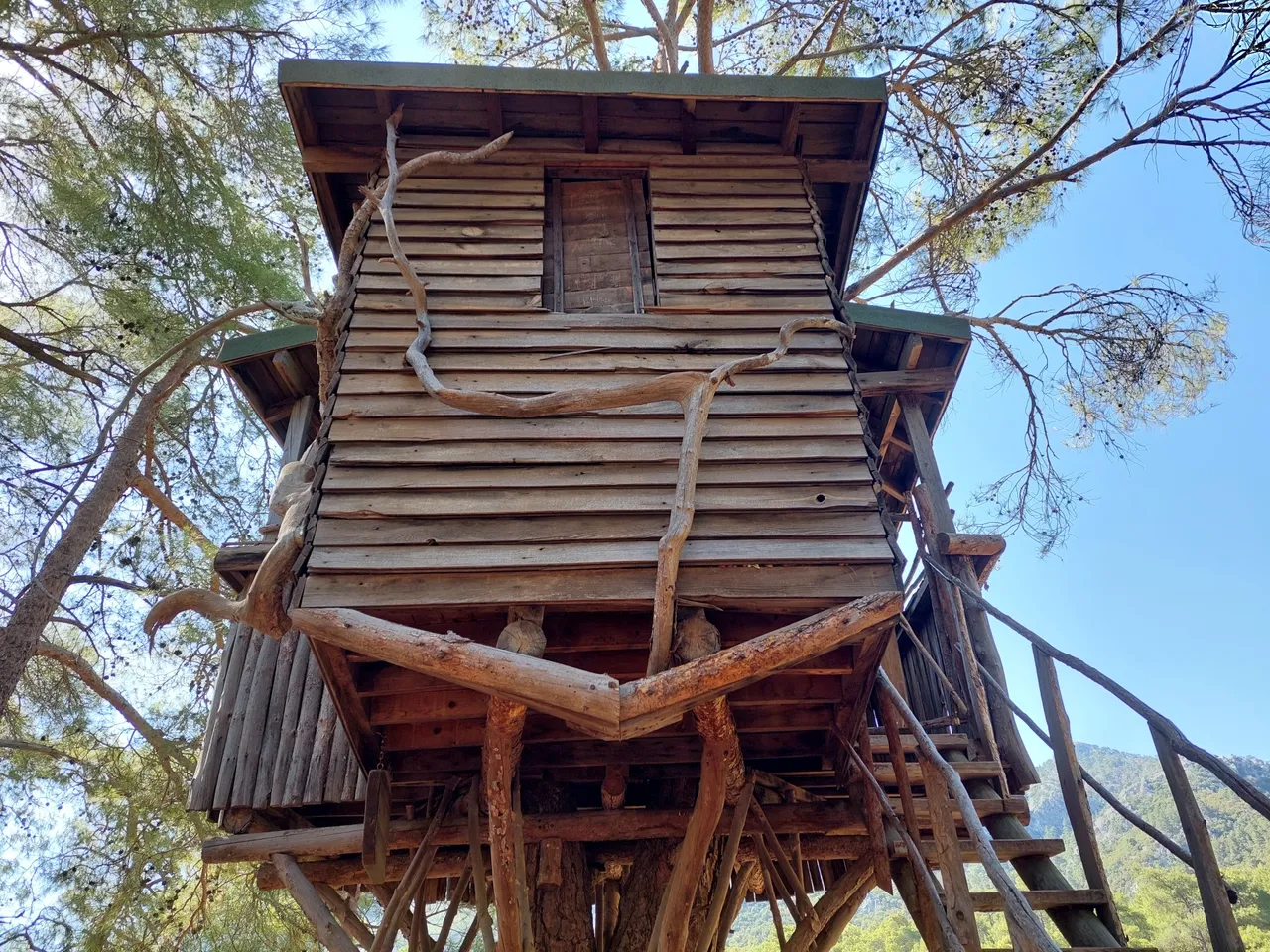
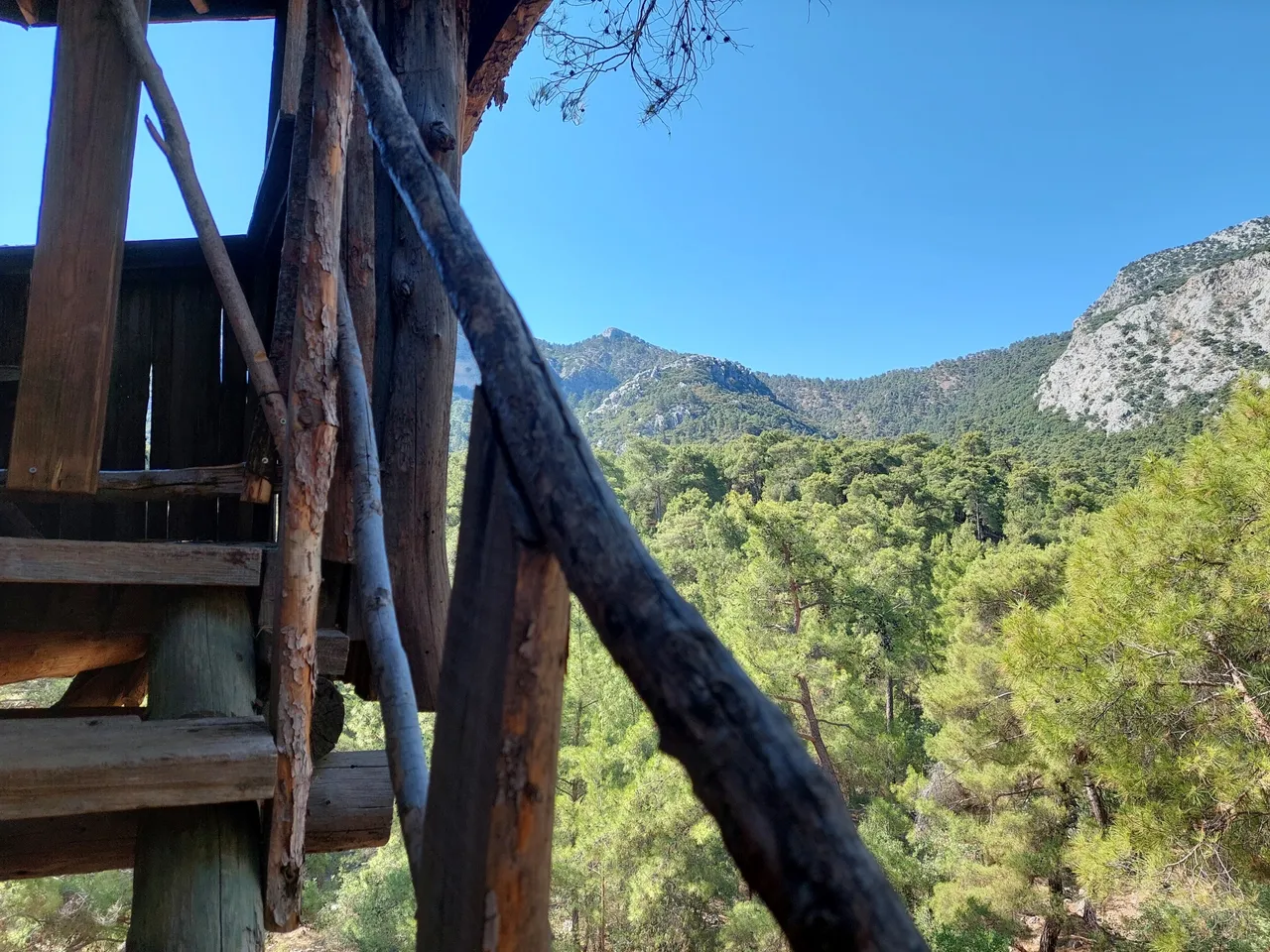
The deer sculpture made from tree branches was also very impressive. Güllük mountain is known for its Anatolian deer species such as the red deer. The vegetation here is suitable for the deer to feed on. Wildlife in the ancient city is protected and hunting is prohibited, allowing the animals to live peacefully.

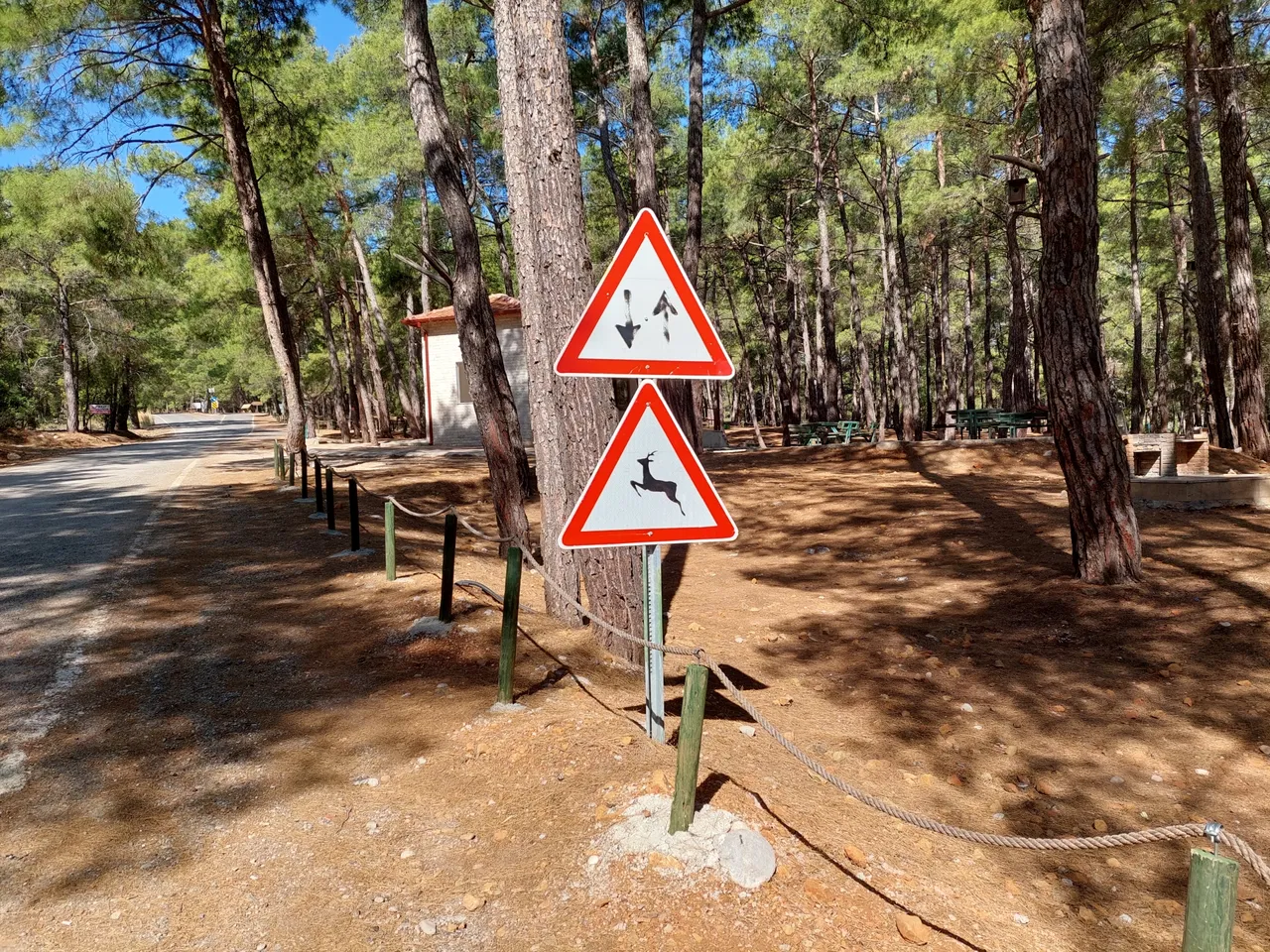
Along the way there was an exhibition for visitors, but I didn't enter as I visited during the holiday.
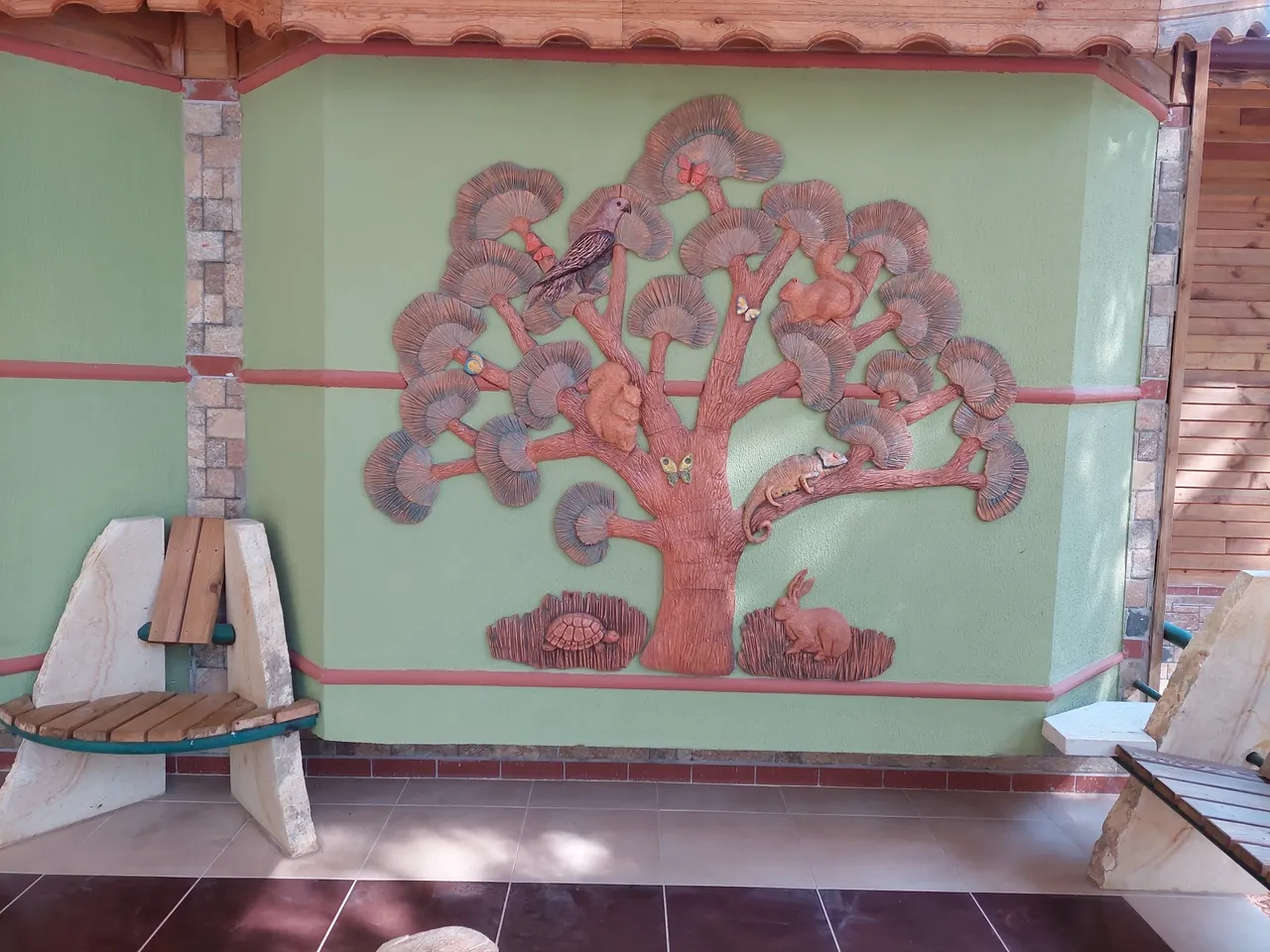
Termessos Picnic Areas
A little further along, I encountered picnic areas. There were picnic tables and rest areas.The natural shading provided by the trees makes this place comfortable. There are barbecue units available. You can bring your supplies and cook on the grills provided. Facilities like toilets are available. It's a quiet place far from the city, ideal for picnicking in my opinion. There is also a playground for children. There are fountains with drinking water available here. This is the last water source available here. There are no further water sources above, which I discovered during my ascent.
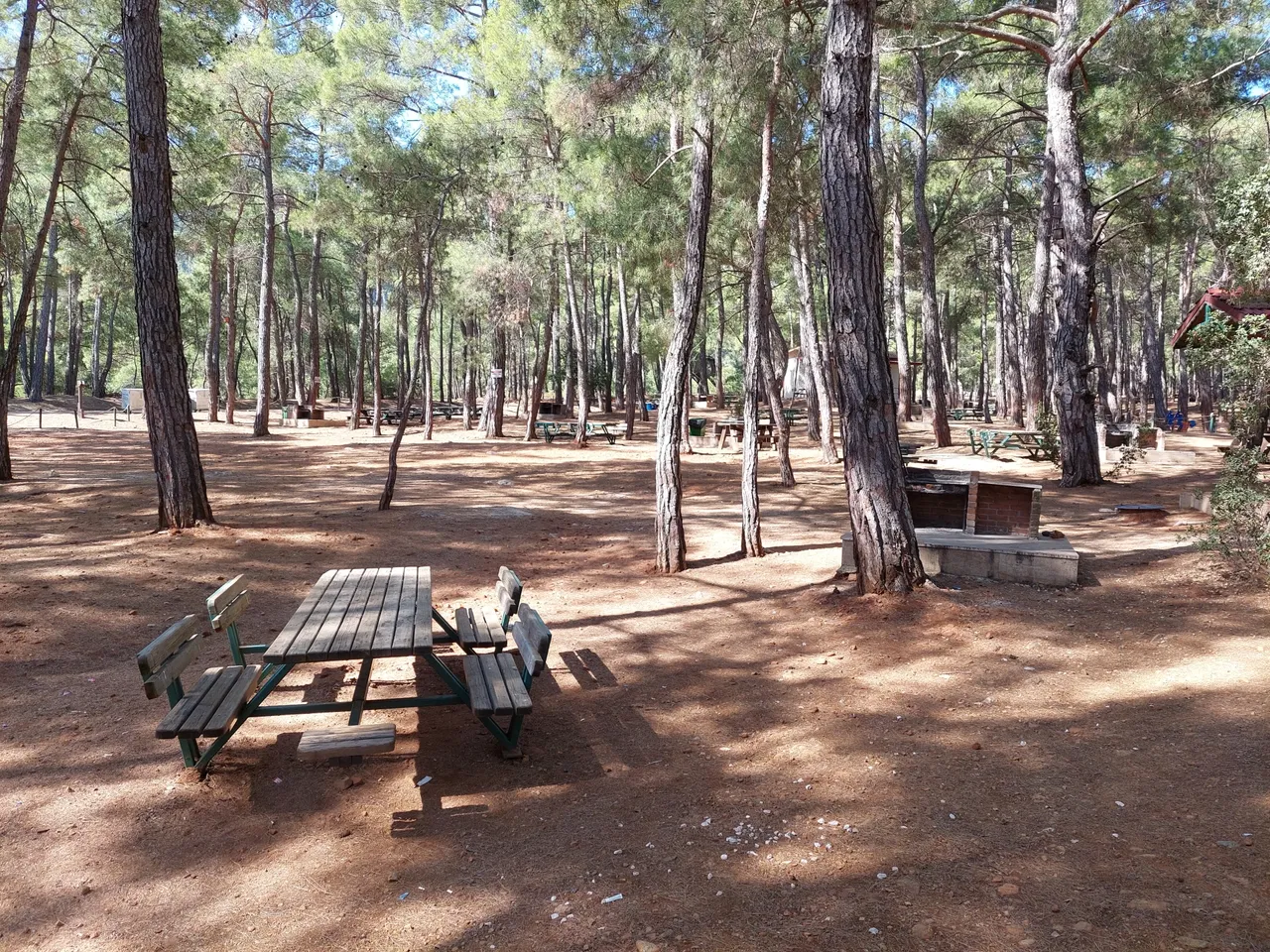
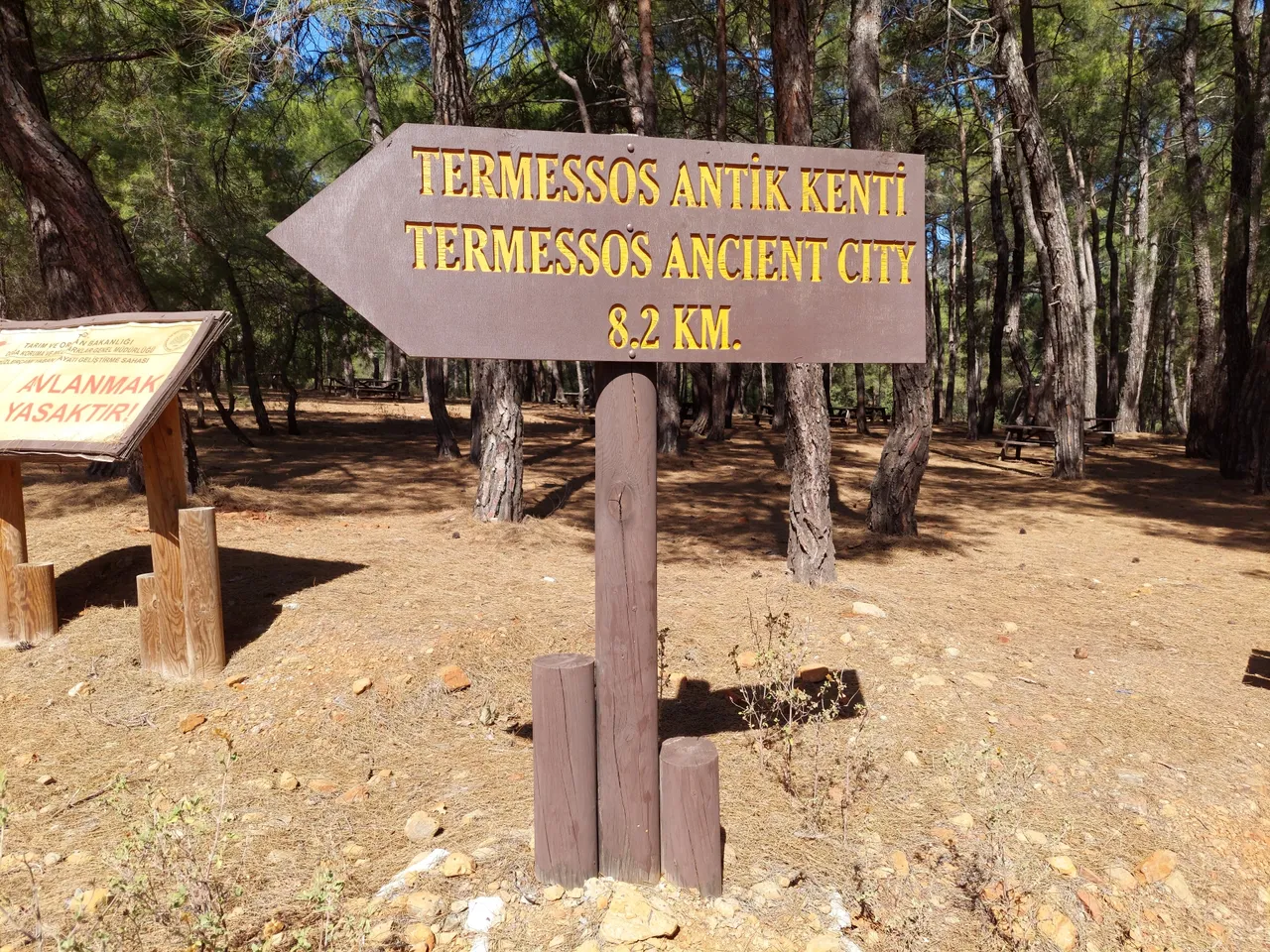
Plant Life in the Termessos Region
After leaving the picnic areas I ventured into the forest and walked along the paths for a while. The weather was hot. I relied on the water I had brought with me. On one hand I started examining the beautiful plants. Apart from the plants visible in other parts, there are also many different and new species found here. There is a protected species of crocus here. This plant named Crocus termessosensis, has been declared the plant of Termessos ancient city. Each ancient city has its own plant. It is prohibited to touch or pick these endemic plants while walking in ancient cities. I didn't come across the crocus. It seems to bloom in the autumn months from what I understand.
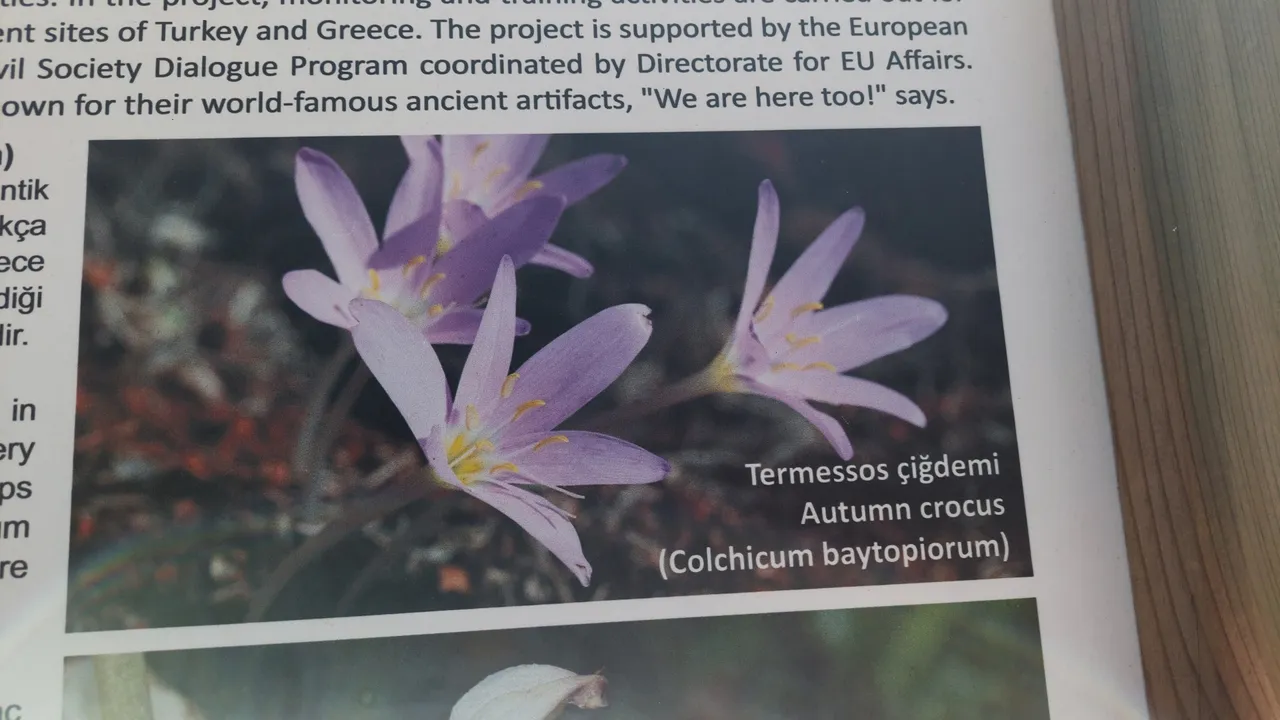
Along our path, there were pine and cedar trees, plenty of oak trees as well. And I noticed trees with Mediterranean vegetation such as laurel, carob, myrtle and olive. The olive trees here were once a source of livelihood for the people of Termessos. Olive trees are known to thrive easily even in harsh conditions. I was convinced of this when I saw them growing by the seaside, in the salty waters of the sea. Here the fruit of this tree is used to obtain oil and it was even sent to neighboring cities with oil cisterns. It is rumored that when Alexander the Great couldn't conquer the city, he became angry and reportedly ordered his soldiers to destroy all the olive trees.
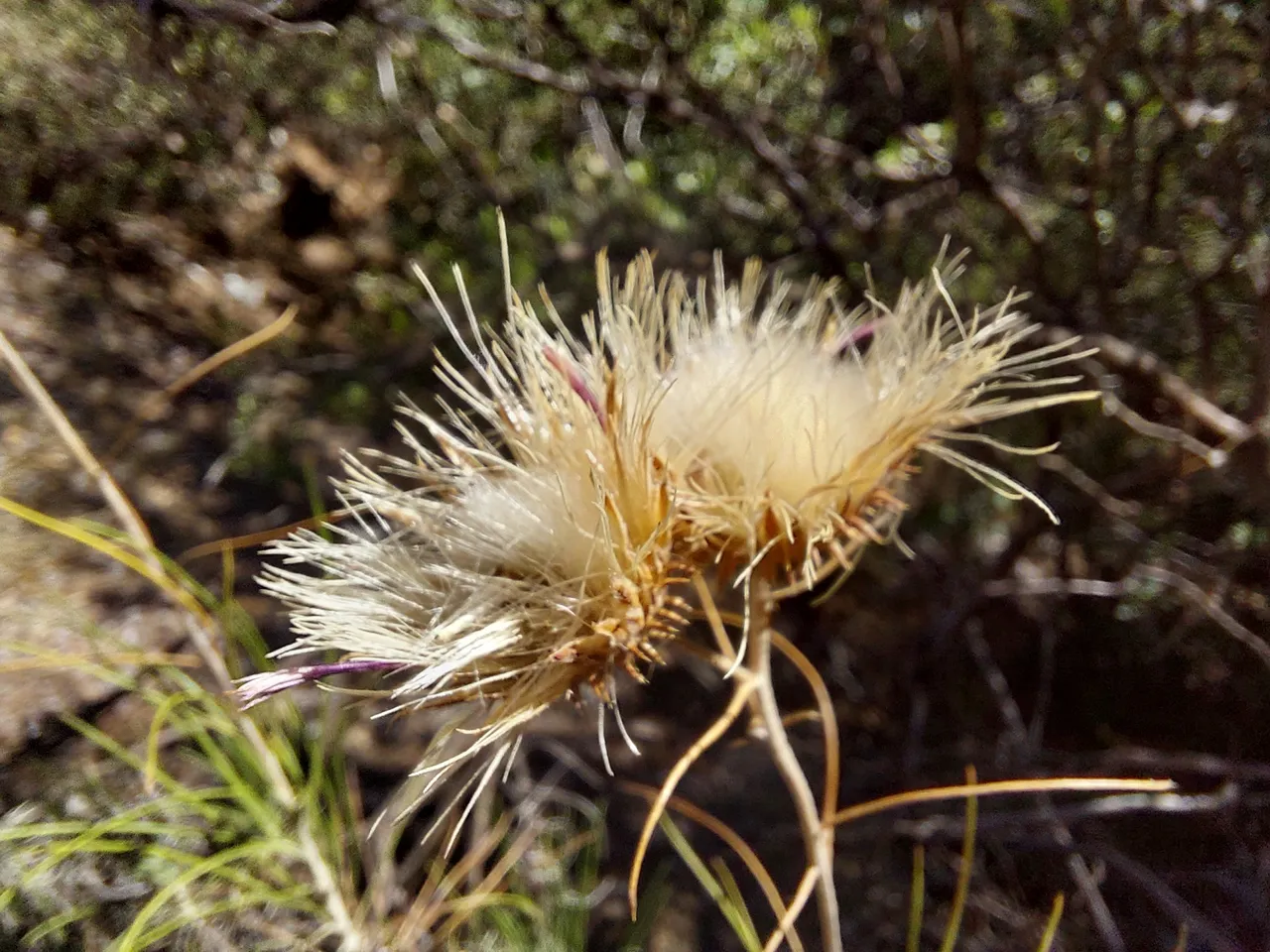
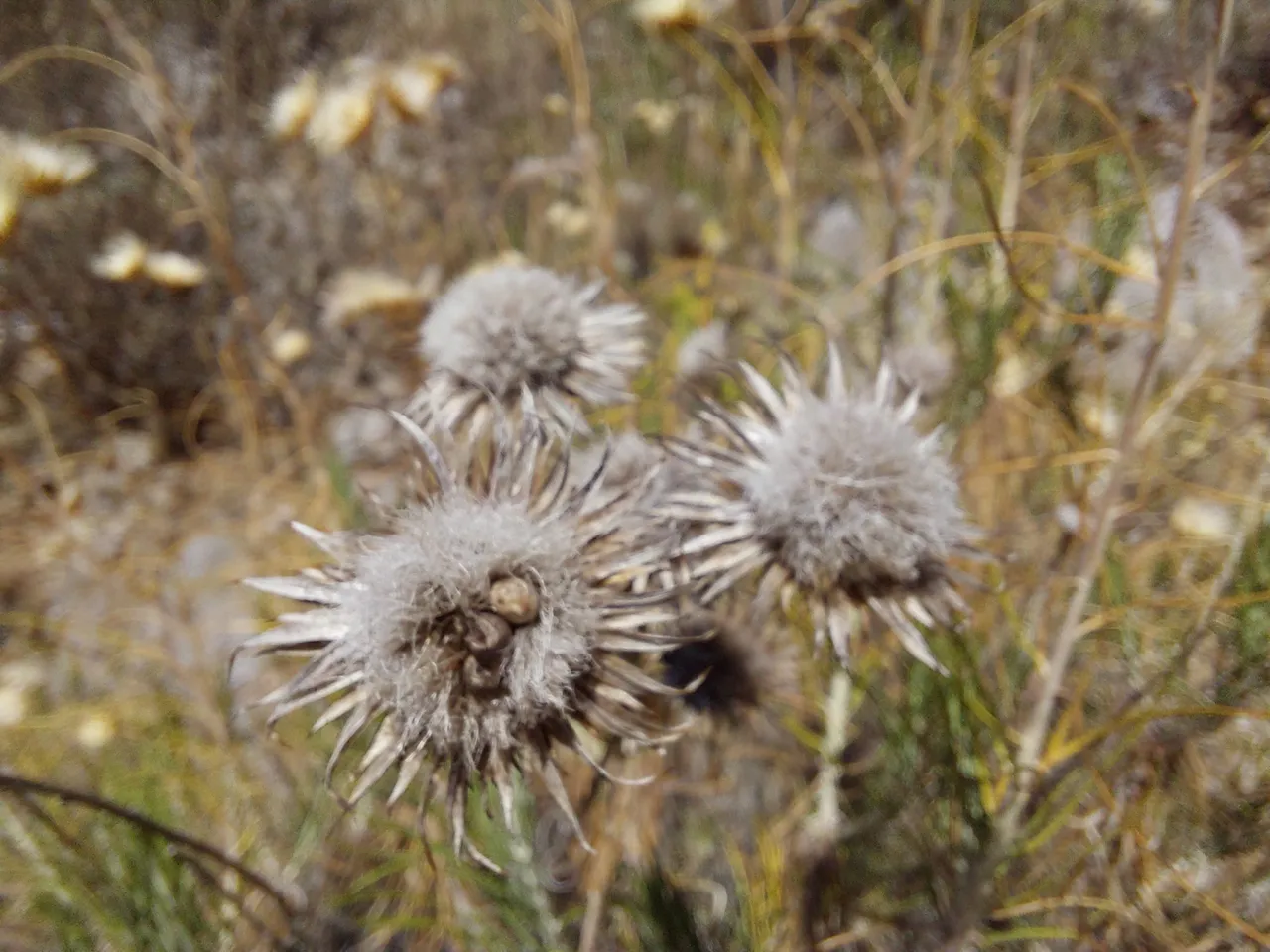
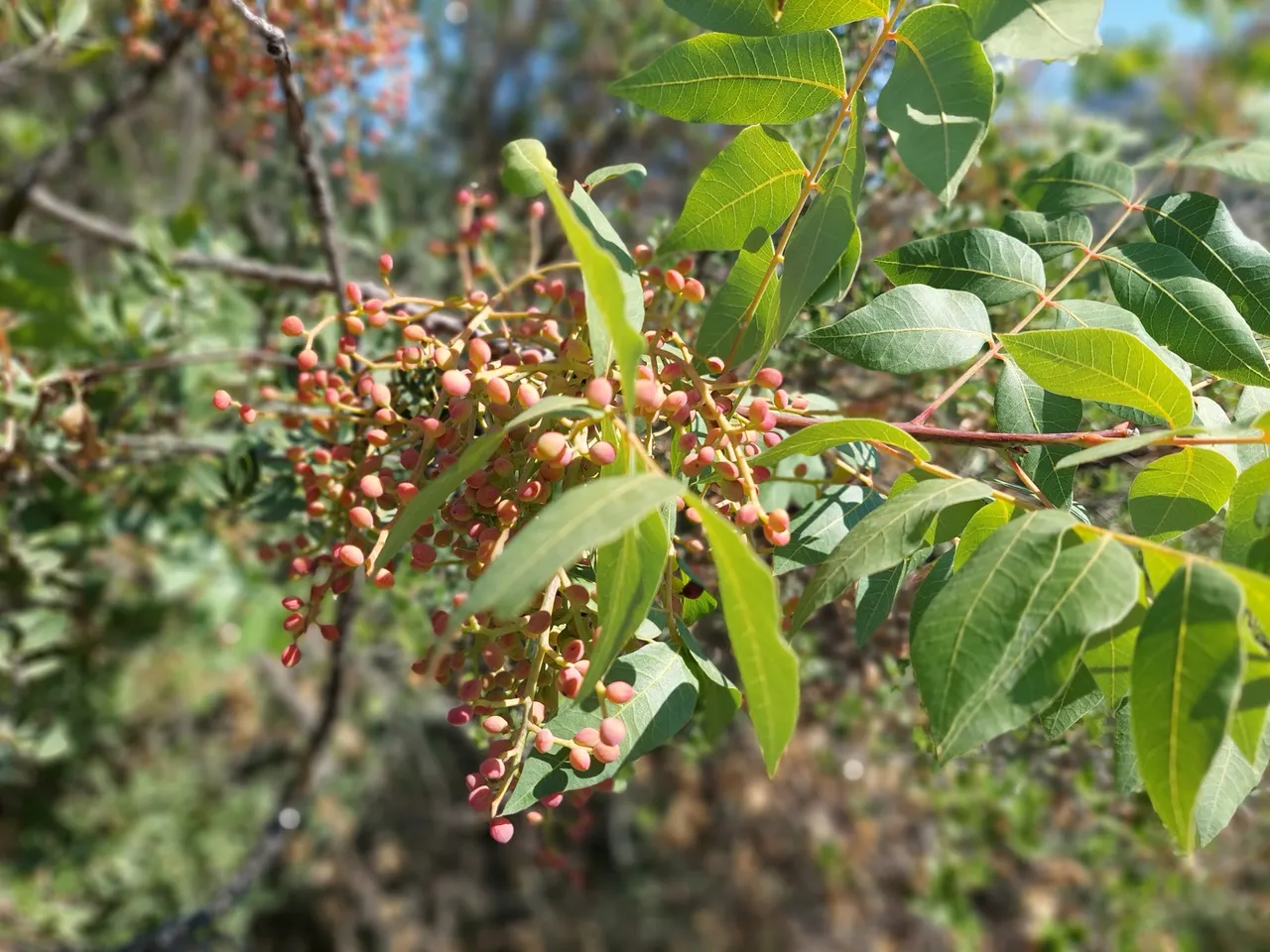

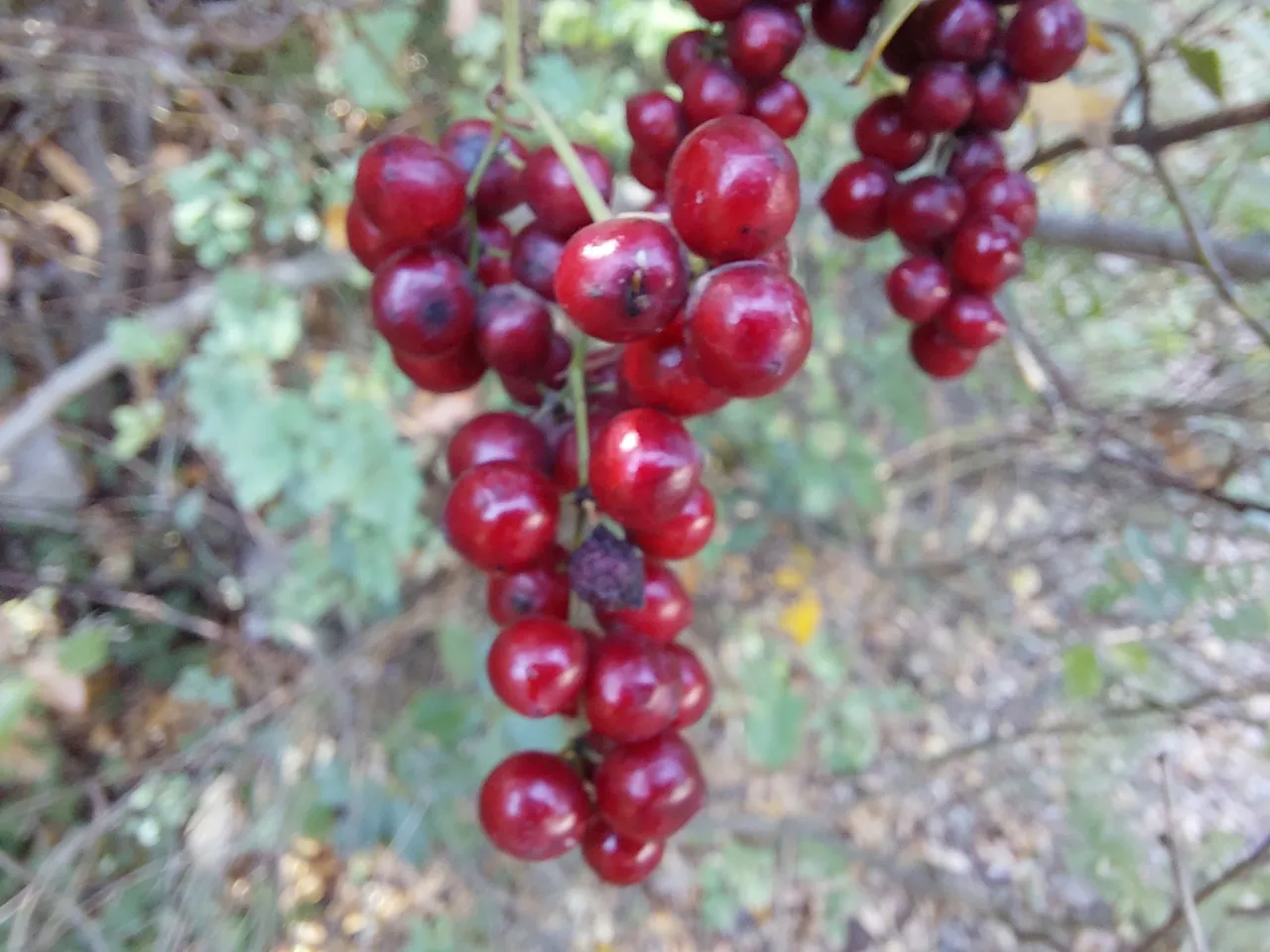
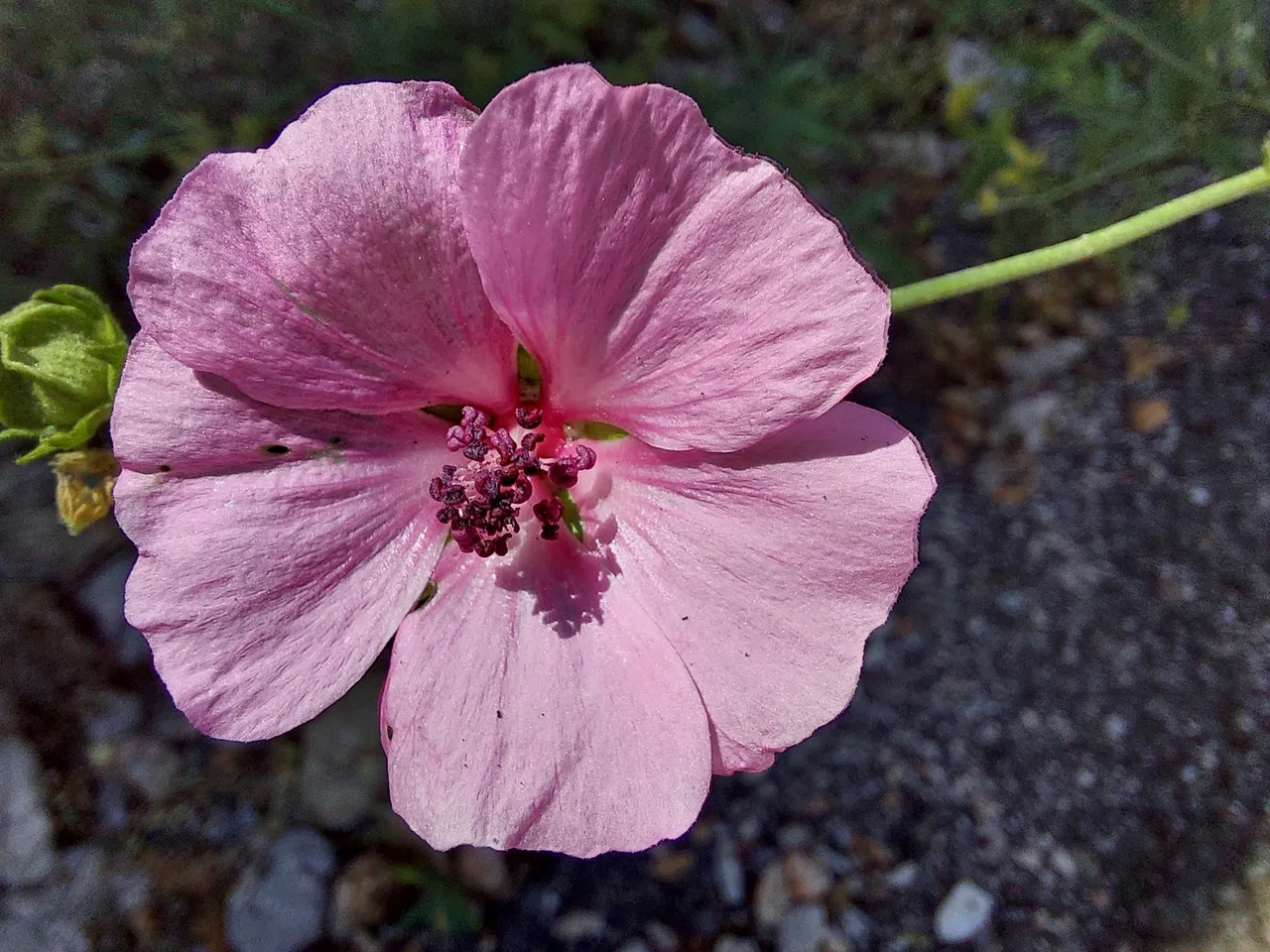
Besides the plants I was familiar with numerous plant species whose names I didn't know accompanied me along the way. Enjoying the view of the beautiful mountains, I continued upwards.
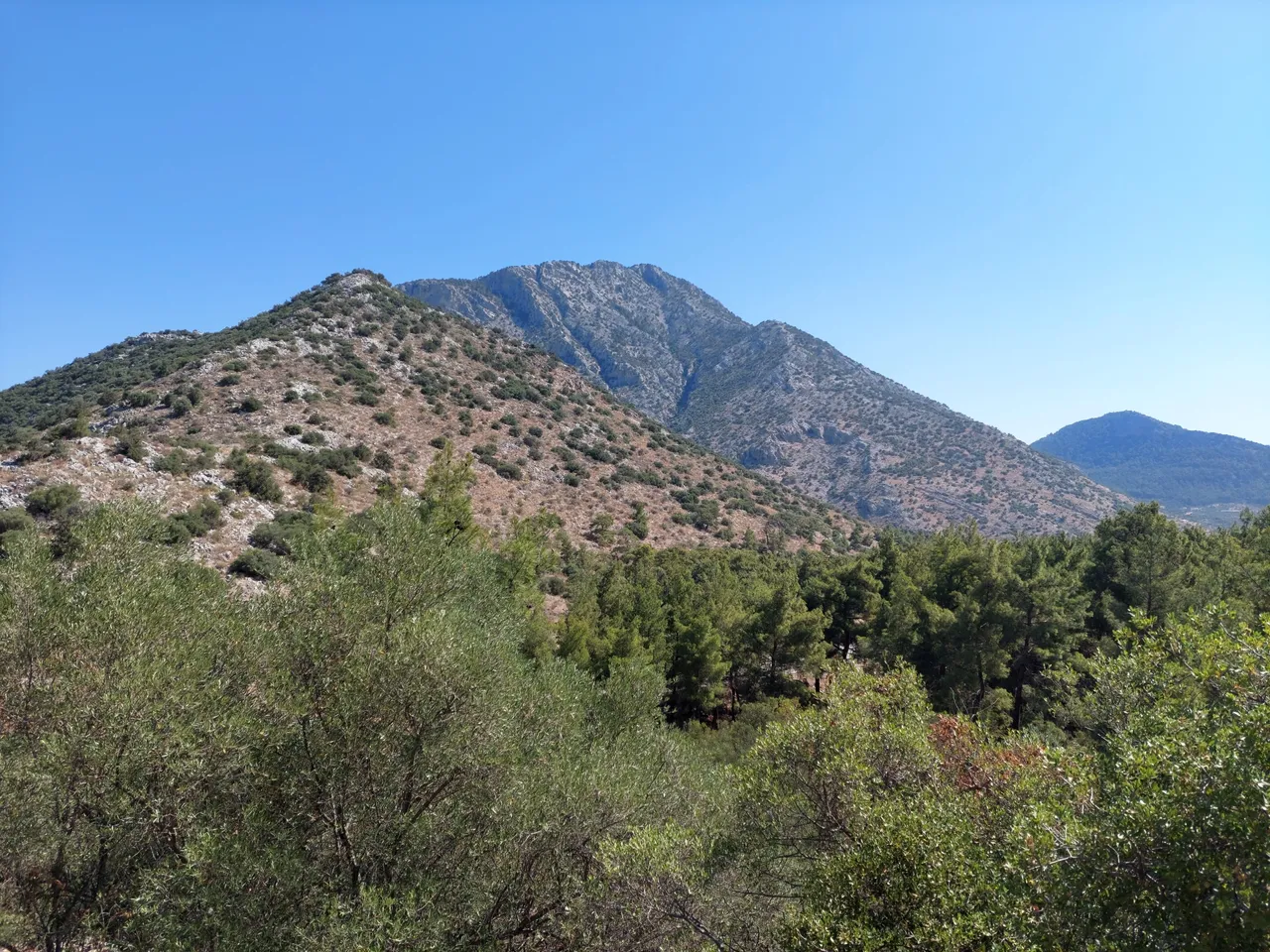
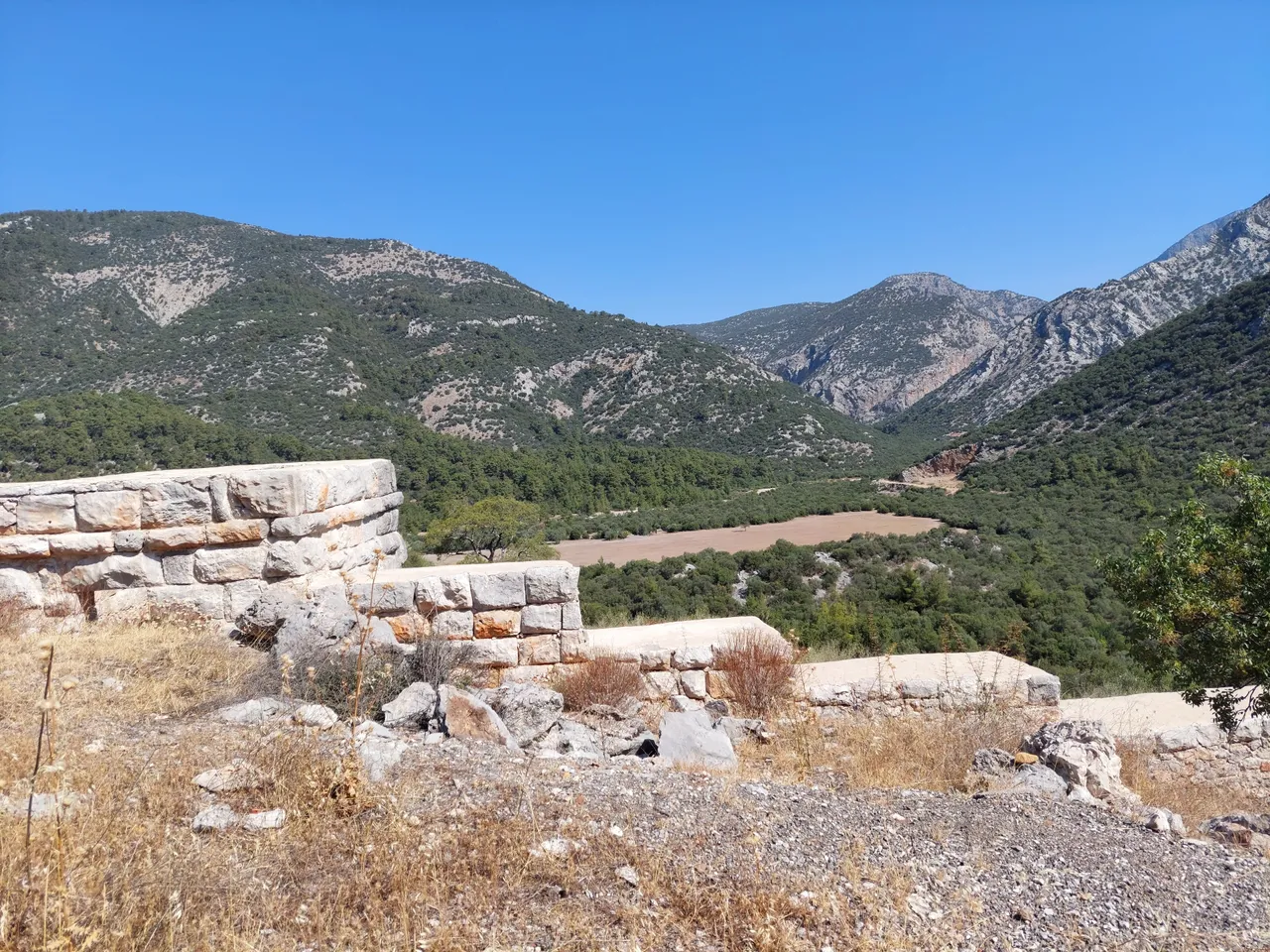
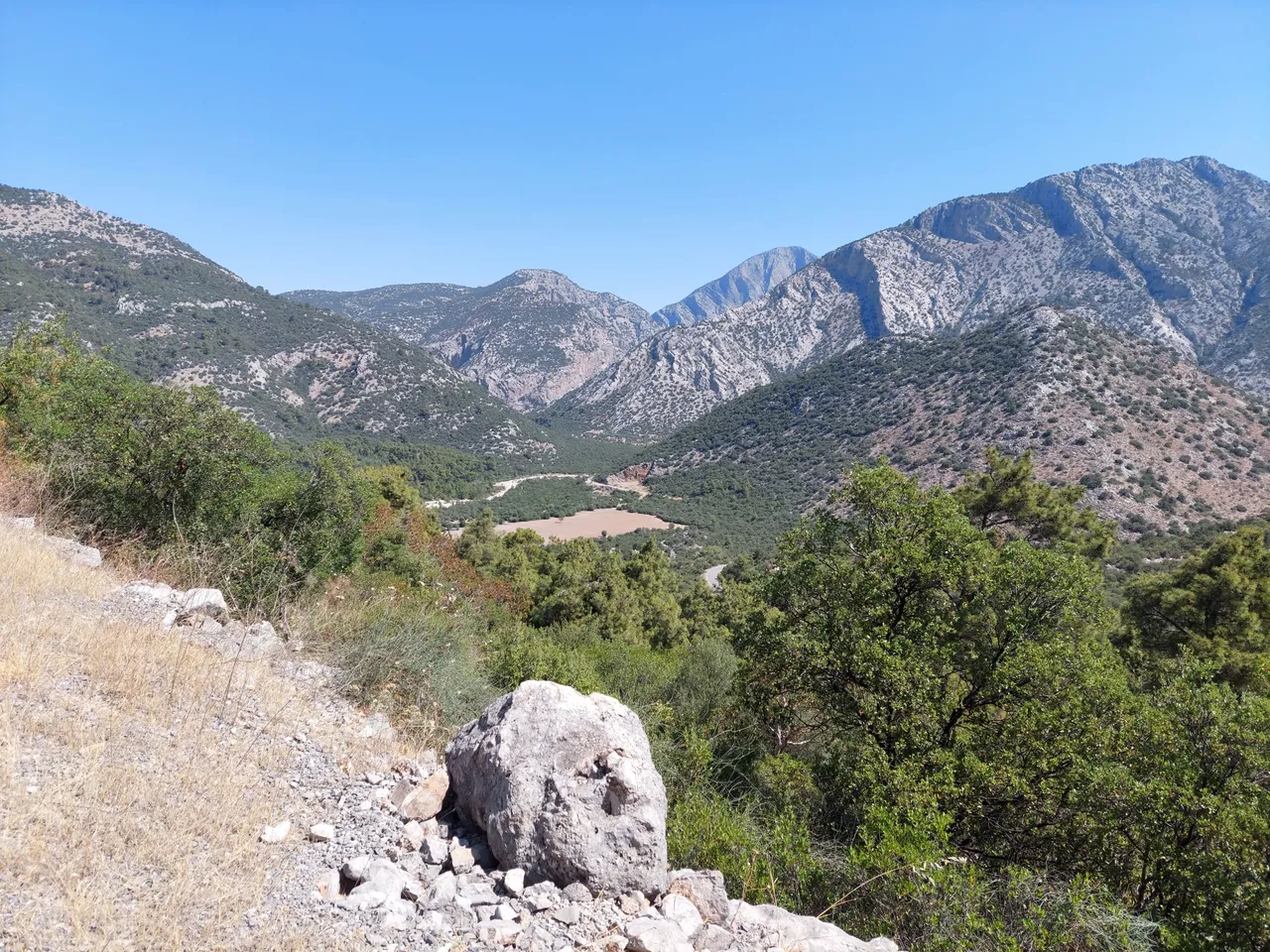
The King's Road
When I reached the ancient road known as The King's Road, I had already completed half of the journey. The heat was beginning to take its toll on me and I was about to finish my last sip of water. From this point onward, the roads were getting steeper. Constructed with contributions from the people of Termessos this road extends to the city walls. At one time The King's road was one of the most important trade routes.

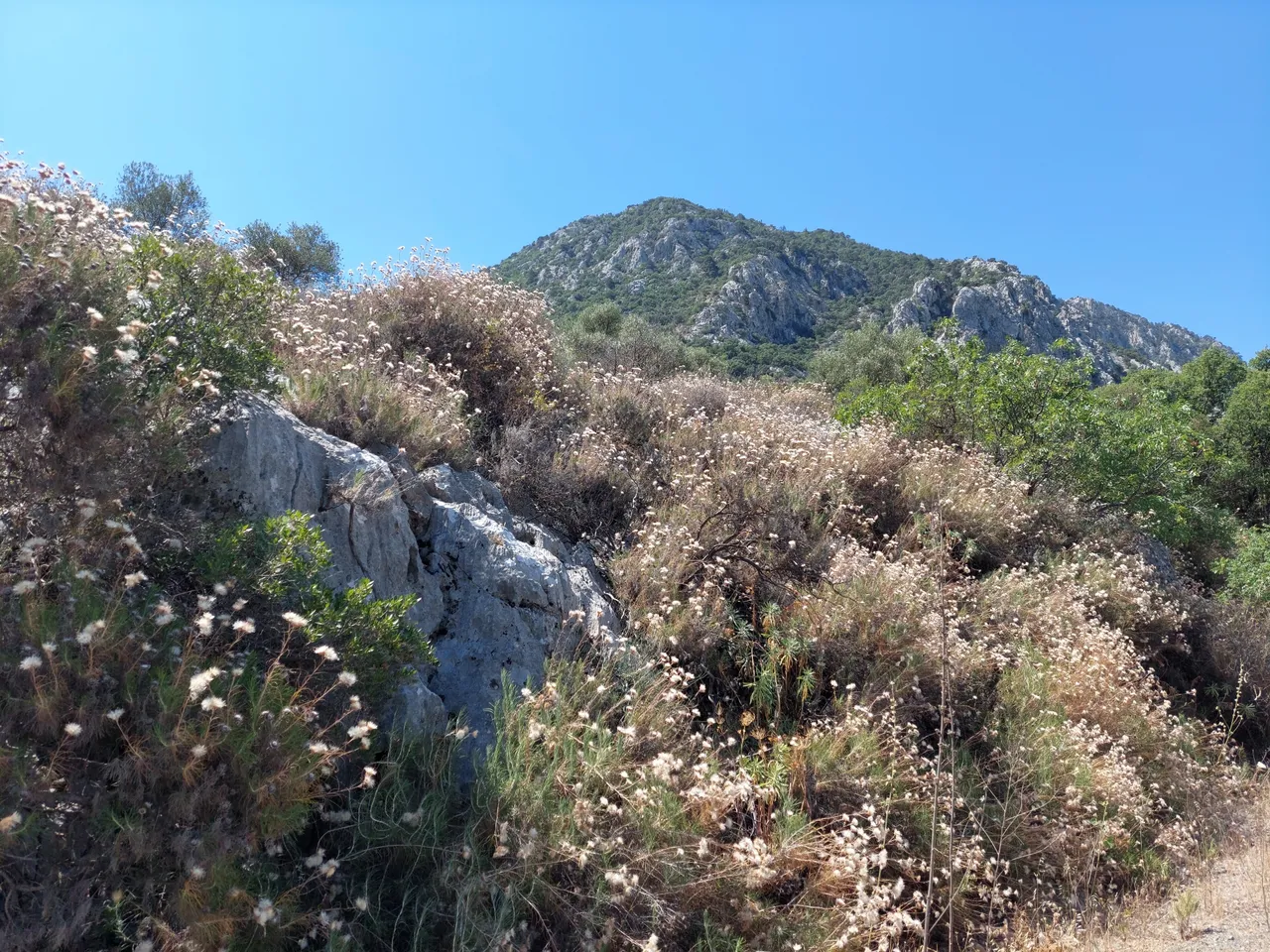
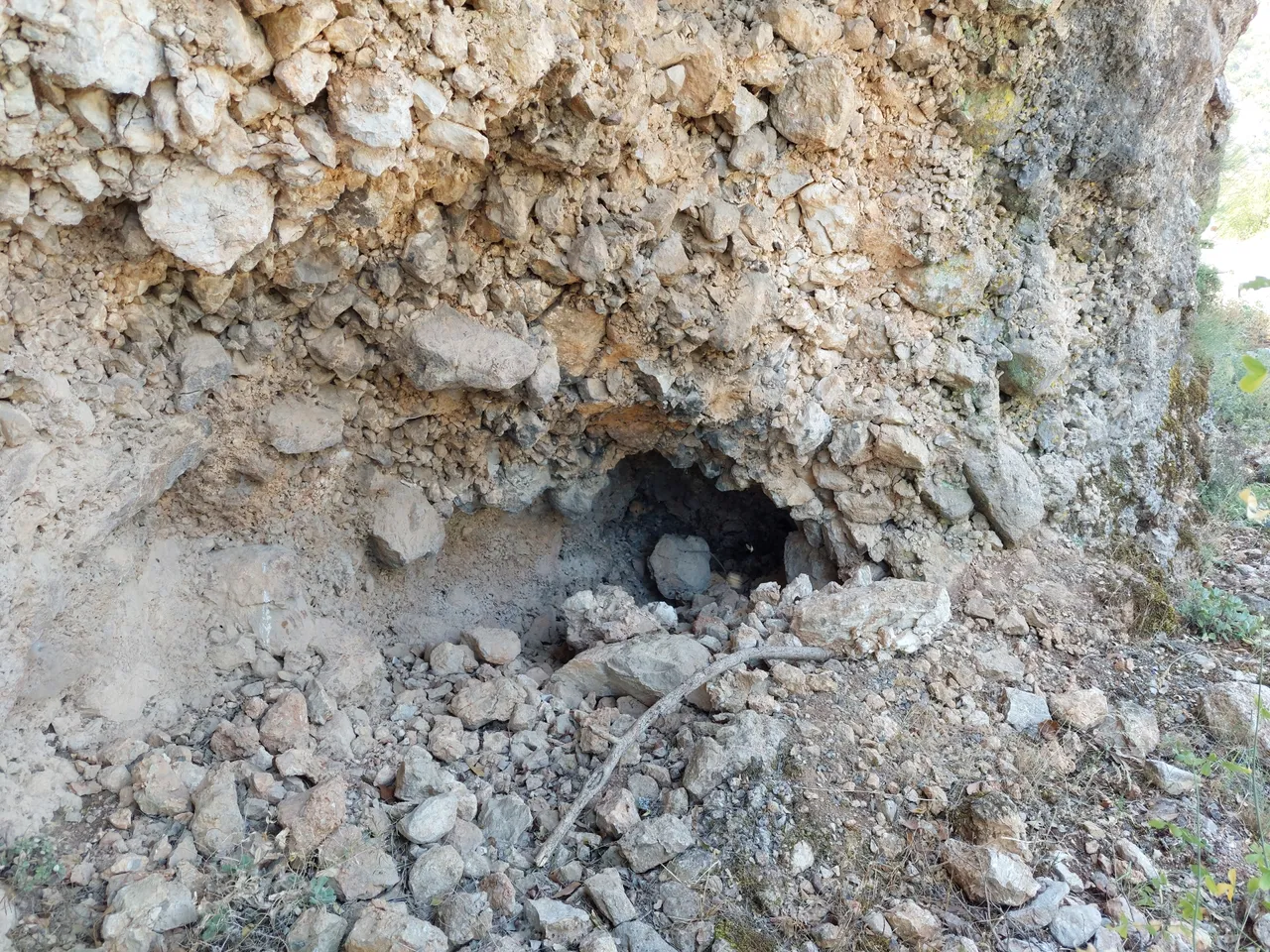
City Gates
Enjoying the beautiful views I reached the first remnants of the city. As I approached these gates, thirst was about to overcome me and for a moment, I thought I saw a mirage. 😄 Now I understand better those who experience such things in deserts. I was telling myself to be patient a little longer, reassuring that the second stage was not far off. Of course I thought there would be a cafeteria up there.
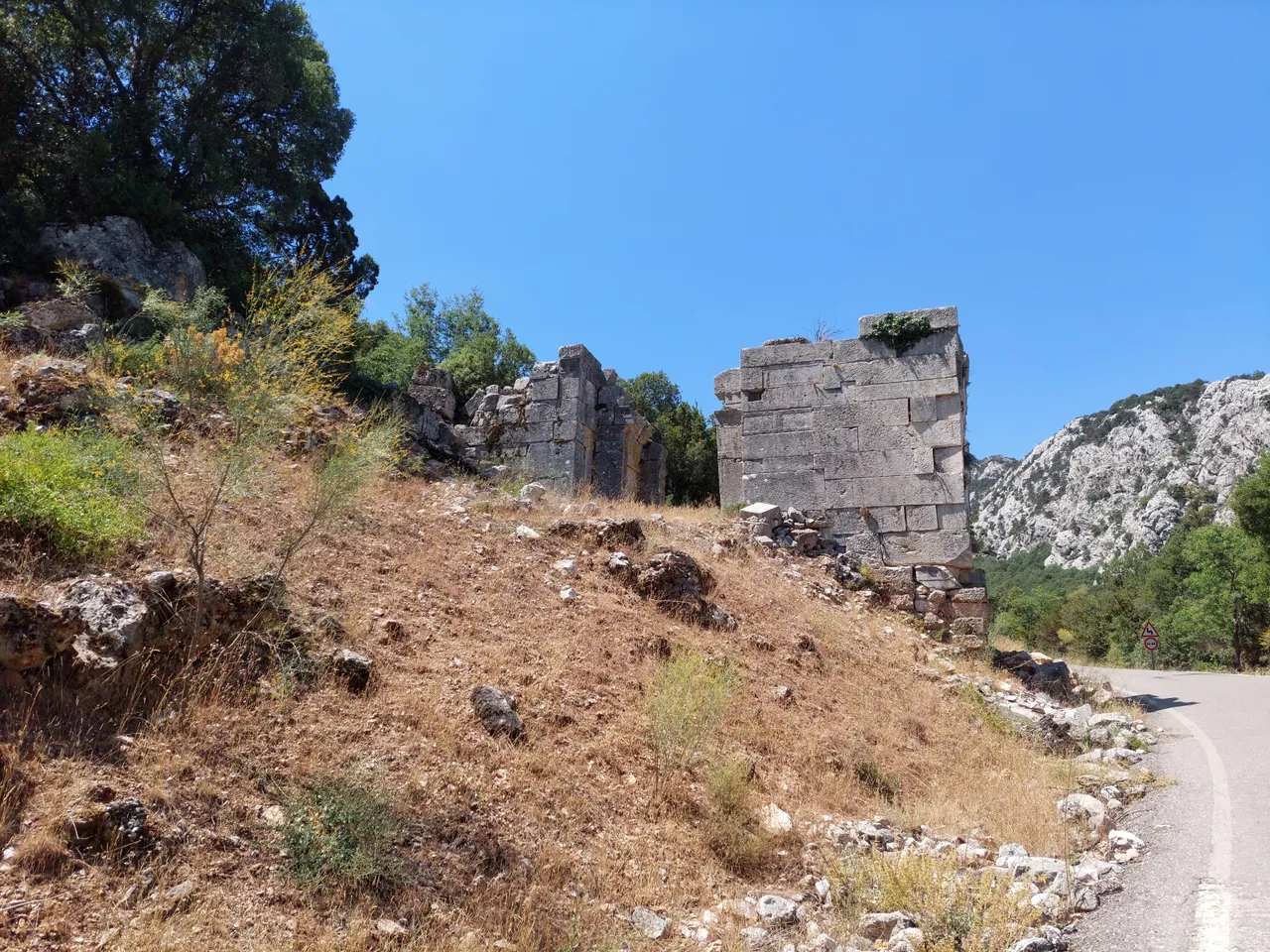
Ancient cities like Termessos were also independent states. During those times there were city-states, meaning each city had to have its own army, power and economy. Periodically alliances were formed among these cities. The city gates in a way, served as passport control points similar to today. Officials would check who the arrivals were, as they could potentially be spies from enemy factions. It is known that Alexander the Great couldn't reach the city because he couldn't pass through these gates. The strong resistance of the warrior-like people played a significant role in this. On one side of the gates were Alexander's army and on the other side were the people who resisted with arrows, stones, sticks and anything they could get their hands on.
The Second Stage of the Hike
After walking about 2.5 km further I reached the second stage where the trails steepened and became more challenging. I had thought there would be a cafeteria here. As I progressed dreaming of water and coffee for the last kilometer, I practically ran towards the attendant and asked where the cafeteria was, so sure of its existence. When I received the shocking answer that there wasn't one, I was stunned. 😄 I collapsed onto the bench where the attendant sat and began to contemplate how I would navigate the rest of the journey. I had seen in a documentary a method of wrapping bags around trees to collect water naturally, and thoughts like these started racing through my mind 😄 My phone had no signal. I had noticed in many spots that my phone couldn't get a signal. It wasn't a problem since I didn't venture deep enough into the forest to get lost, but next time I visit, I'll definitely bring a compass.
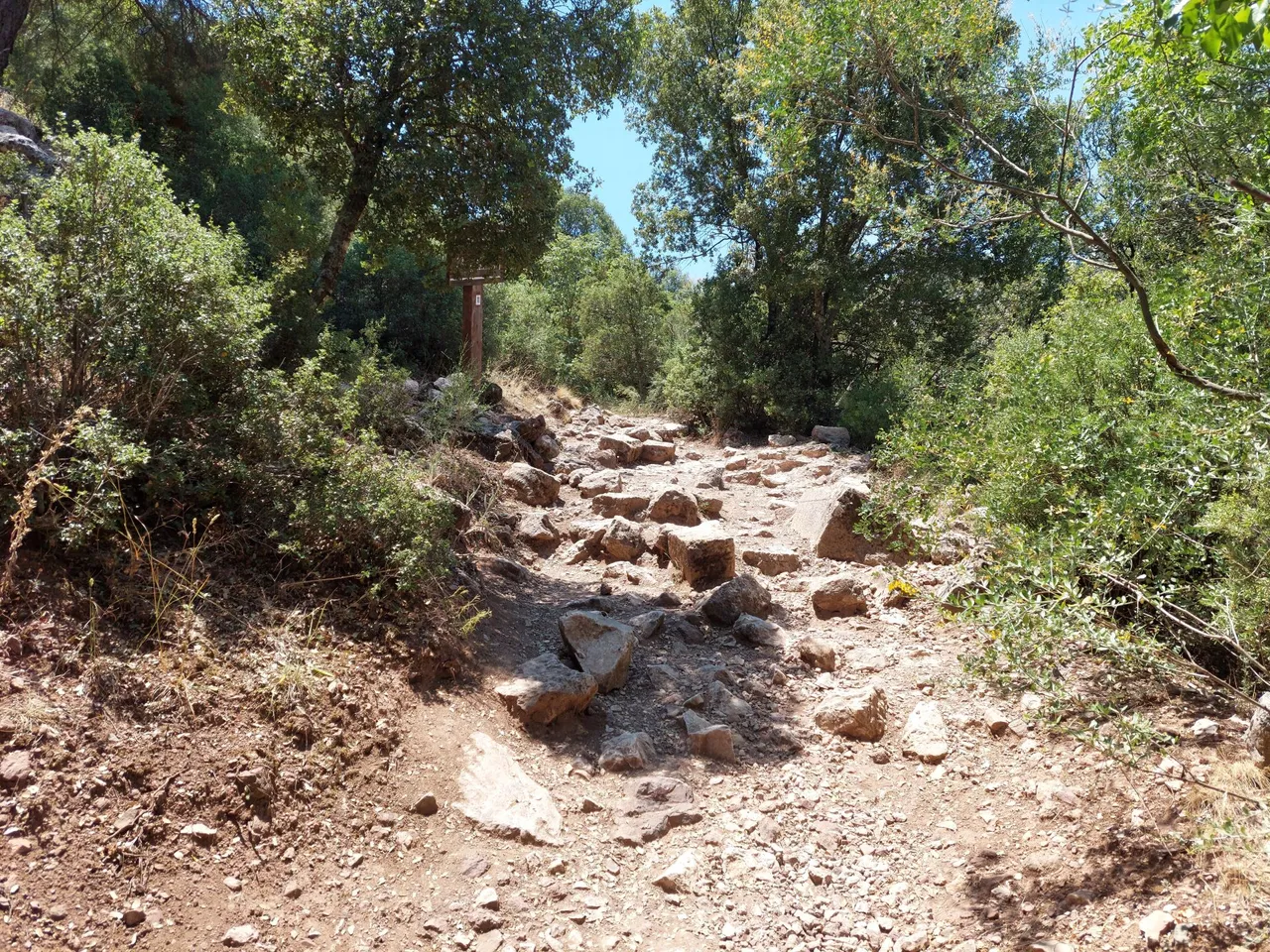
The attendant must have taken pity on me because after telling me to wait a minute, he disappeared into a cabin resembling tree houses. He didn't keep me waiting long and returned holding a bottle of water and a piece of cake. I couldn't believe my eyes when I saw him. I can't describe how relieved I felt at that moment. I didn't know how to thank him enough. After drinking the water, I regained my composure. If you ever come here, make sure to bring plenty of water. 😄 There's no cafeteria up there.
Time to Climb to the Eagle's Nest
As mentioned earlier Termessos is a city shaped like an eagle's nest atop the mountains. To put it more vividly, one could liken it to a bowl. This is one of the factors that makes it unreachable. Currently there are no excavations taking place in the city. Remnants from ancient times have been lying above and below the ground for thousands of years. However we currently do not know what lies beneath.
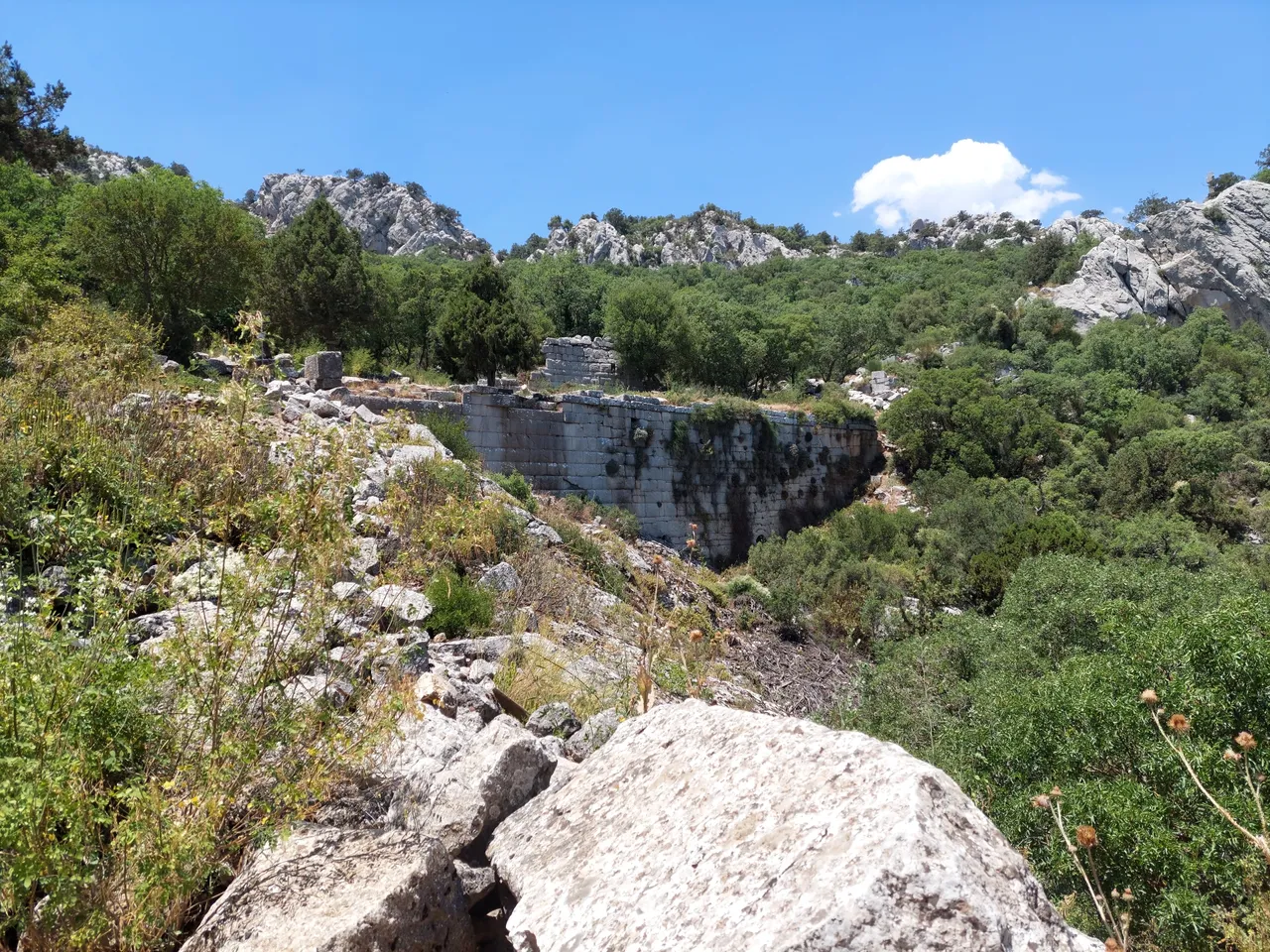
Here I encountered a foreigner. We both eyed each other curiously for a while. I attempted to initiate a conversation with him, but he seemed to prefer hiding behind a rock, possibly out of natural instinct.
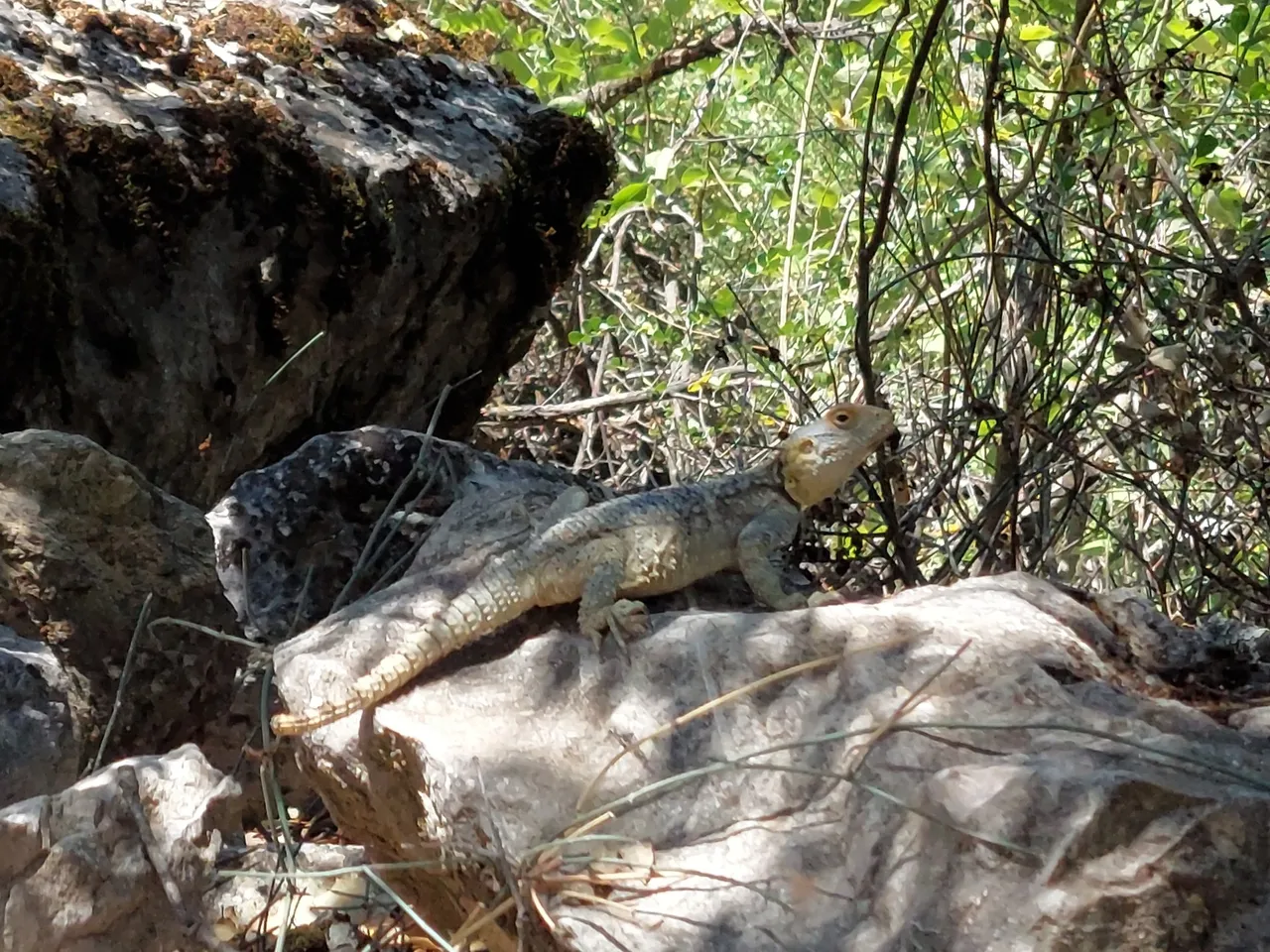
After ascending a difficult path for about half an hour, I reached the lower walls of the city. Here the walls that protect the lower part of the eagle's nest merge with steep cliffs. Large cut stones stand out. Sometimes, visitors wonder where and how such large stones were brought here, especially around the theater area. In fact they were not brought from anywhere else. The Solymi established a quarry in Termessos. They worked on the cliffs and large stones in this quarry to construct the necessary buildings. Cut rocks are clearly visible in some places.
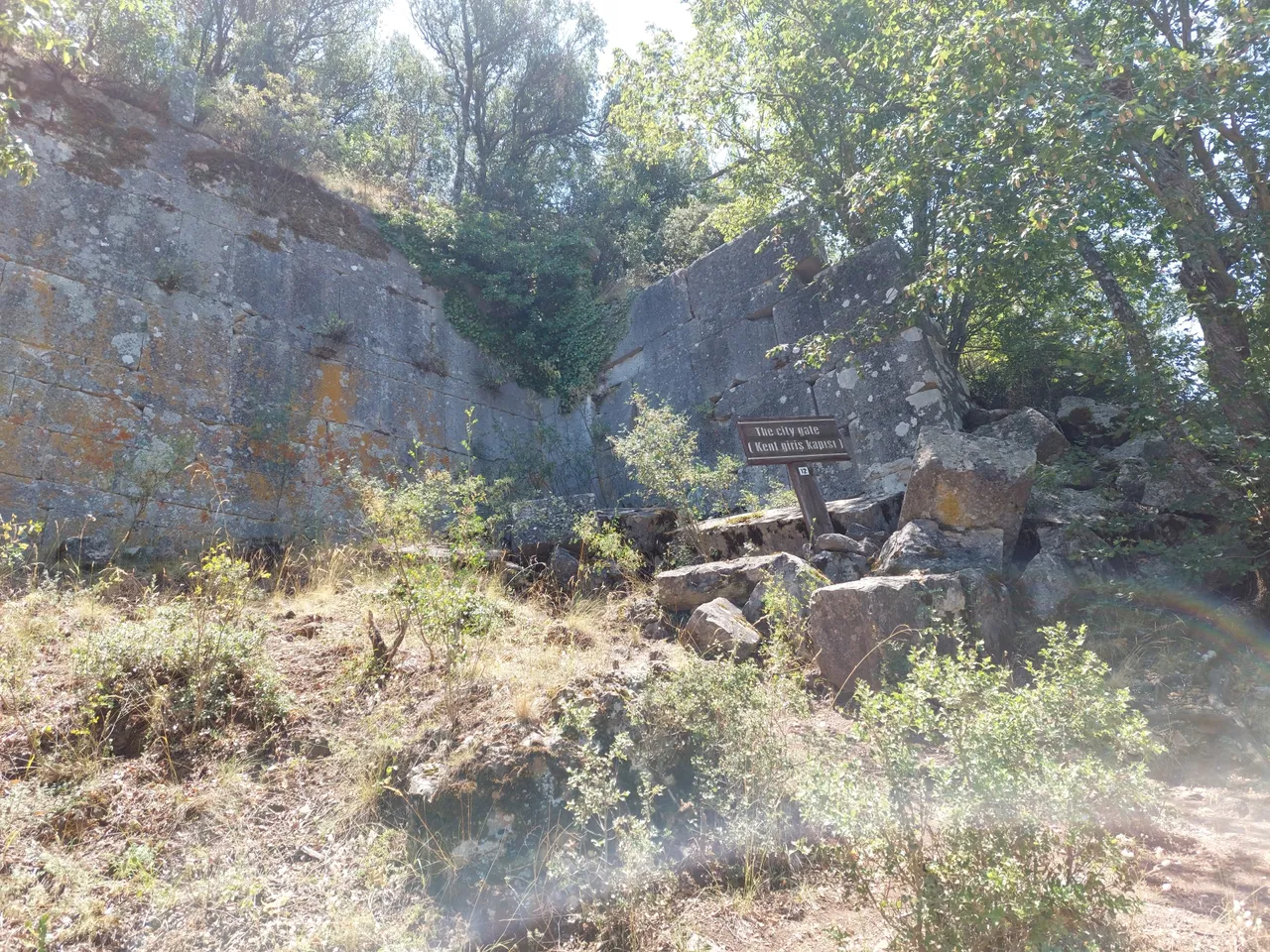
I continued occasionally resting on benches along the way. I seized the opportunity to chat with other hikers I encountered. An elderly lady told me they had stopped by from Korkuteli on their way to Antalya by chance. She was wearing high-heeled shoes. If I had hiking shoes with me, I would have given them to her without hesitation. Walking in these mountains without outdoor shoes is really challenging. Another group of young people I met was quite cheerful. They continued with songs and jokes. The atmosphere was delightful. Everyone kept asking me if I was the girl who had walked up from below. They were amazed. But there were also those who said they wanted to try it someday. 😄
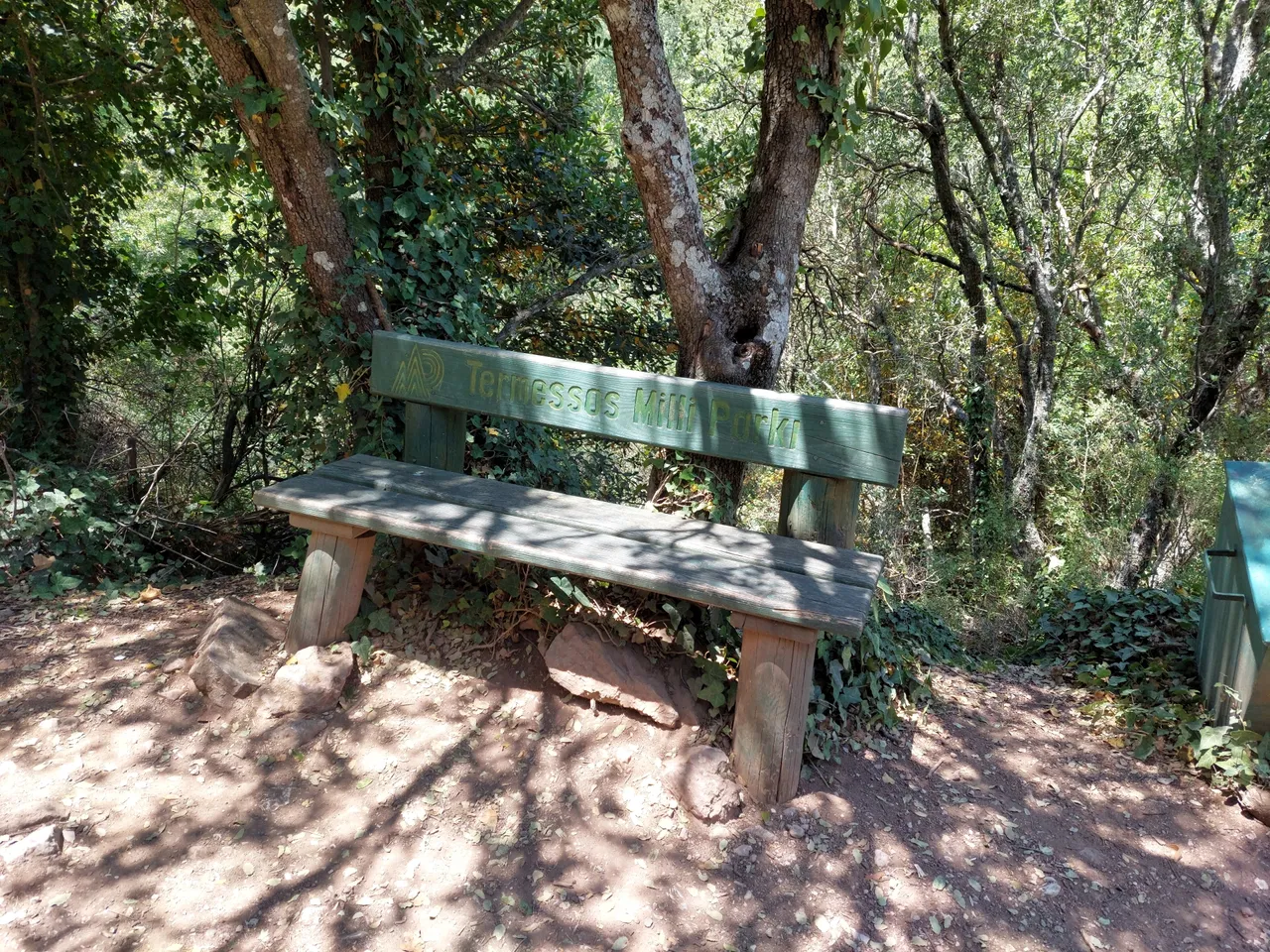
I passed the bath-gymnasium complex. One should not merely think of these places as bathing facilities. In those times a gymnasium was a place where young men received education. There were outdoor training areas and indoor educational rooms. Many sports were practiced here. Considering how well they resisted against Alexander, it seems the young men received good education. It brings to mind the training of the Spartan children in the movie "300". There were even young people who came here for education from surrounding cities. An inscription found here mentions a young man who came all the way from what is now Bursa for education and died here.
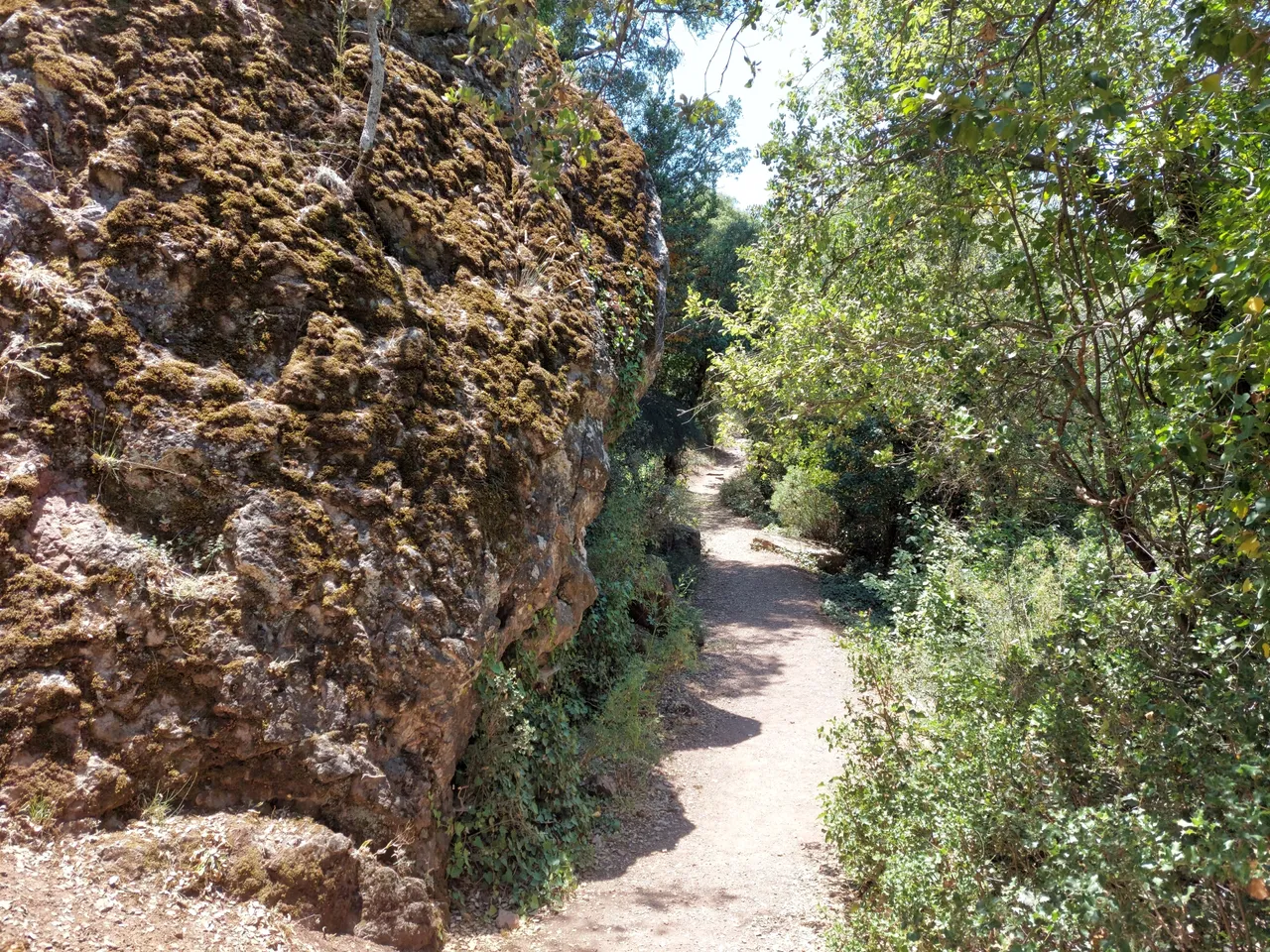
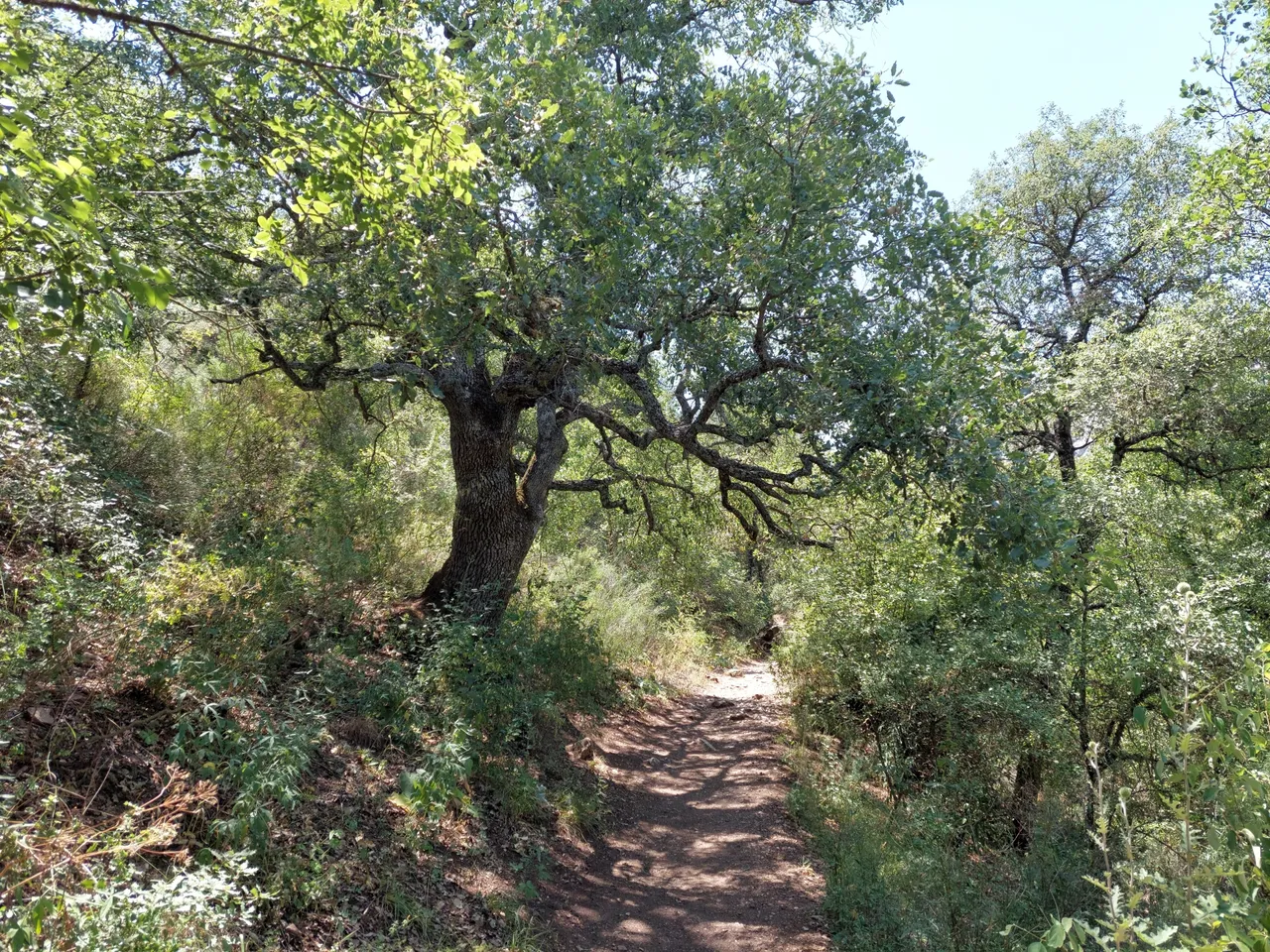
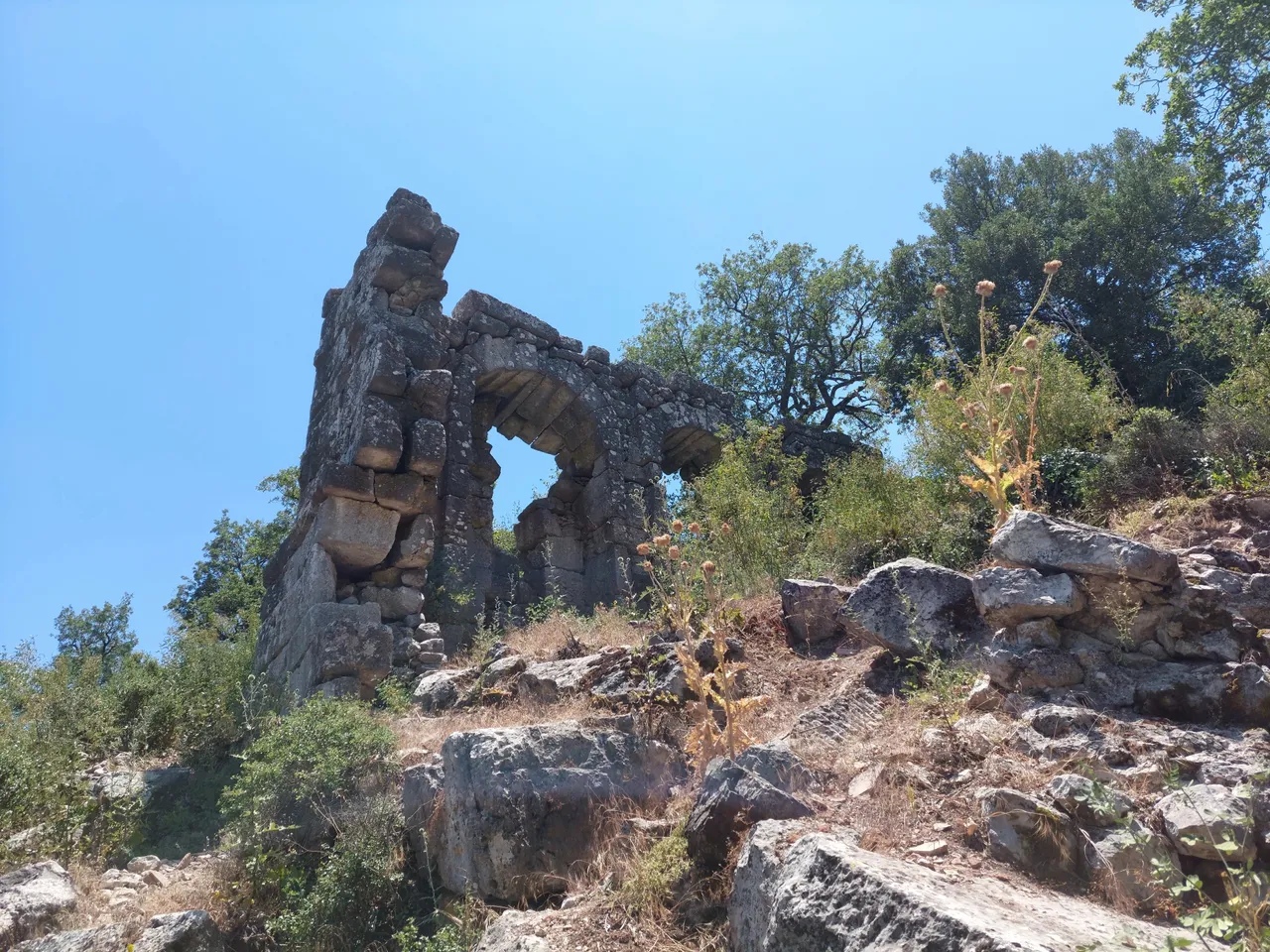
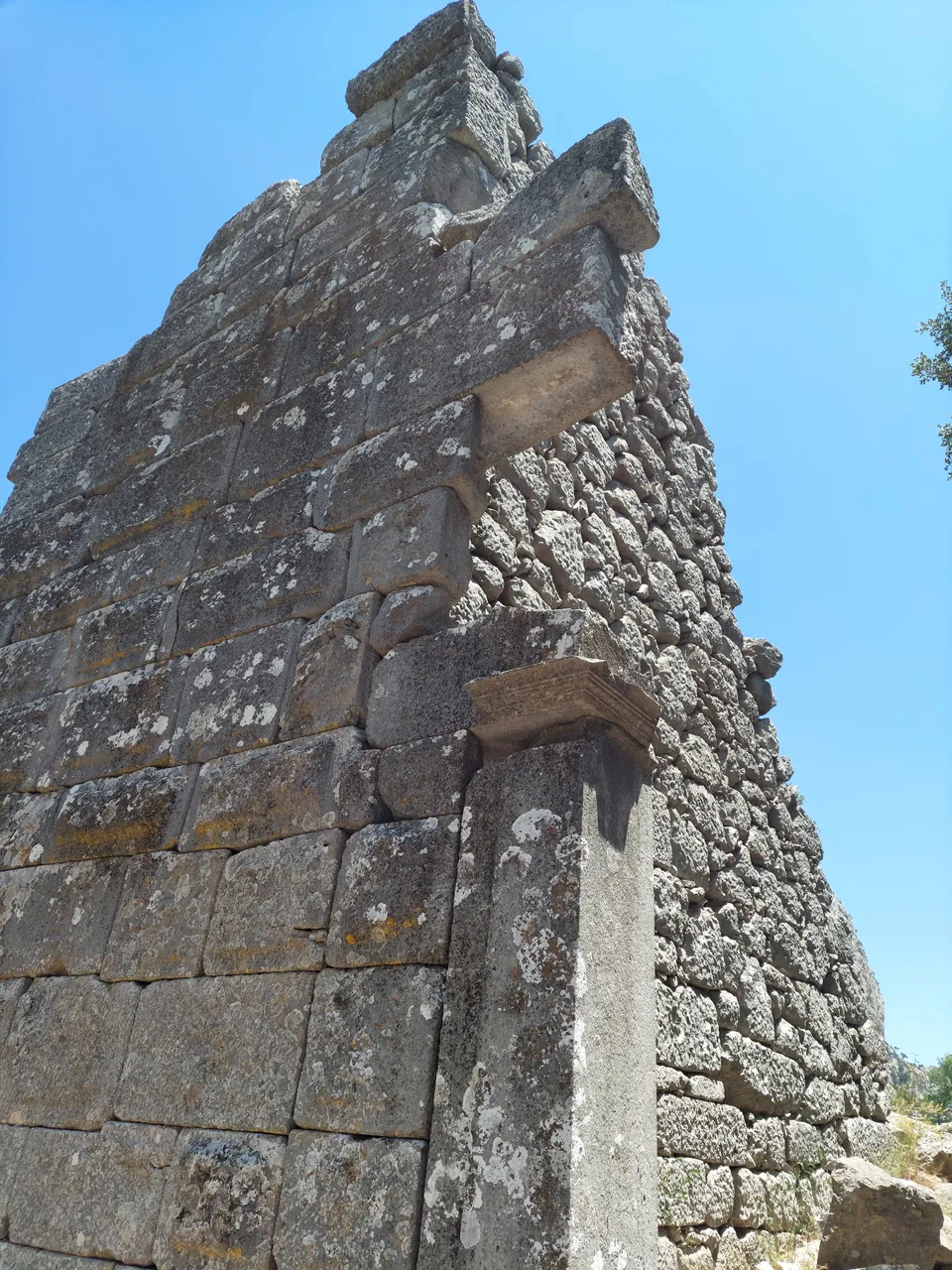
The outer parts of the structures in Termessos have flat stones, but less attention seems to have been paid to the interiors. Public areas emphasize external appearances more, while functionality must have prevailed in the interiors.
There isn't much left of the colonnaded street. Unlike in Perge, Termessos currently does not have a grand colonnaded street. Perhaps in the future, with excavations and restoration efforts, this area will be restored to its former glory.
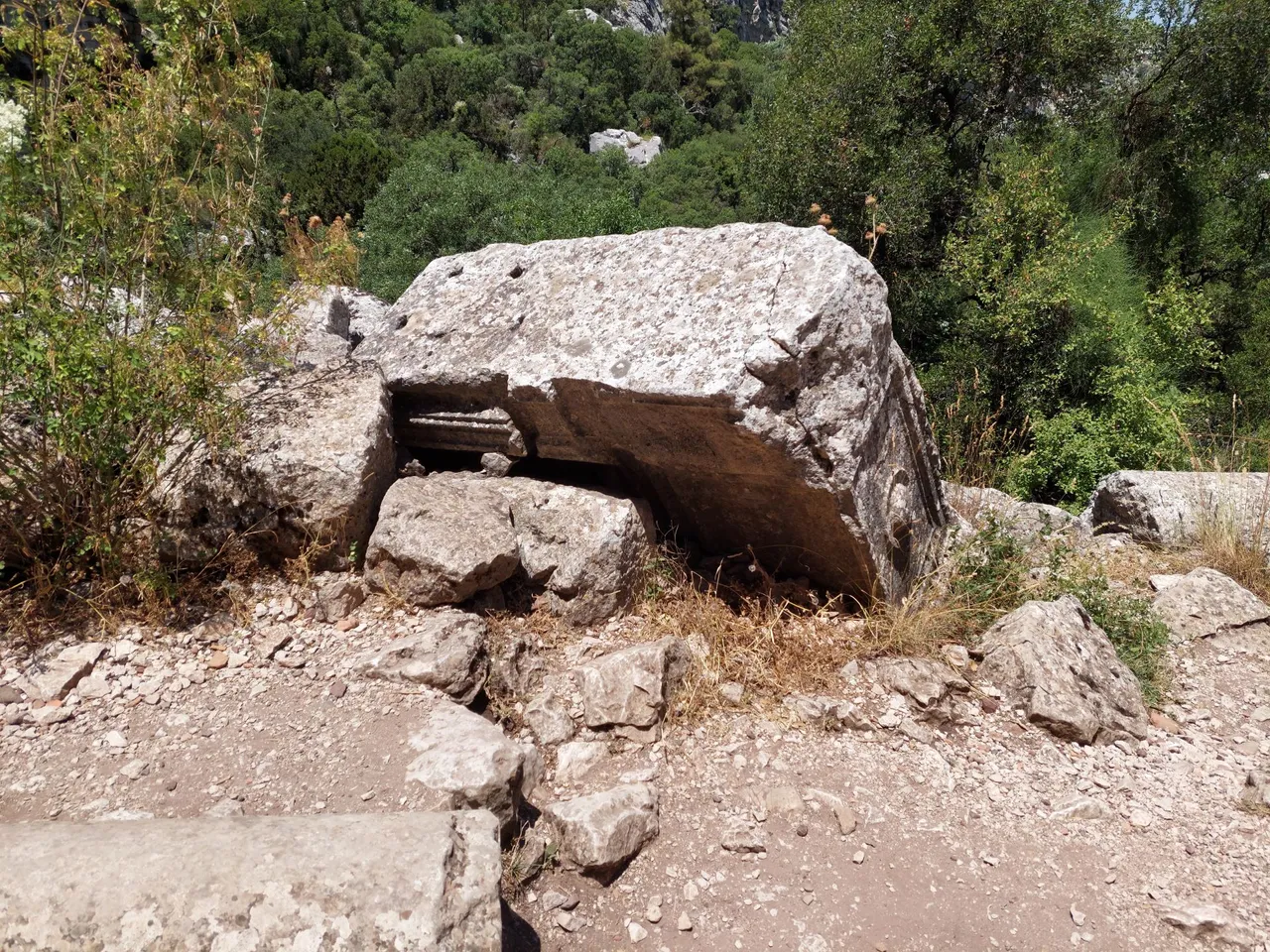
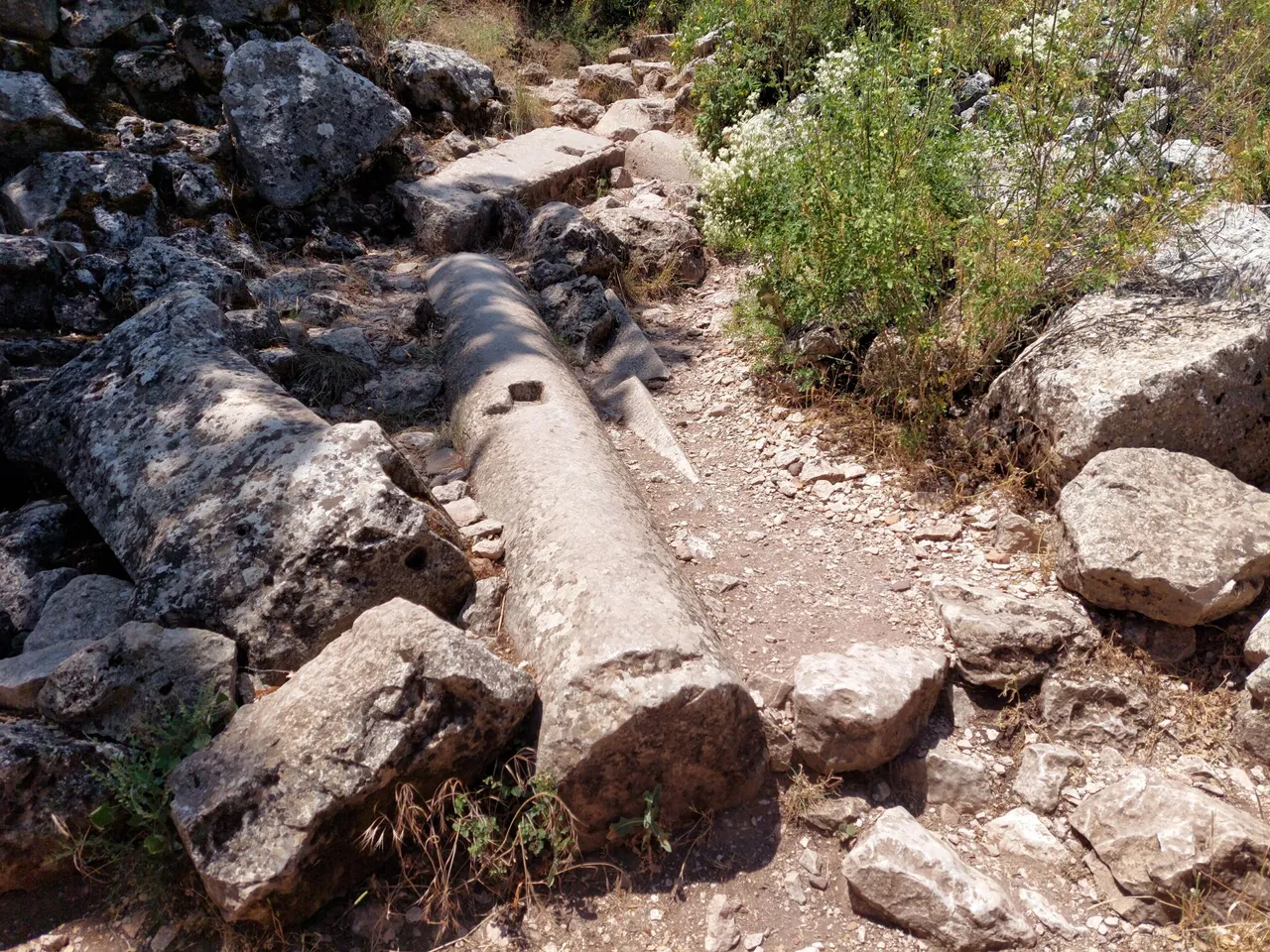
There are numerous inscriptions here, with writings in ancient Greek alphabet, actually derived from the Phoenician alphabet. The ancient Greeks later adopted and developed this alphabet. It is known that some letters were modified during this process. Both are dead languages today, but undoubtedly they have had profound influences on modern languages.
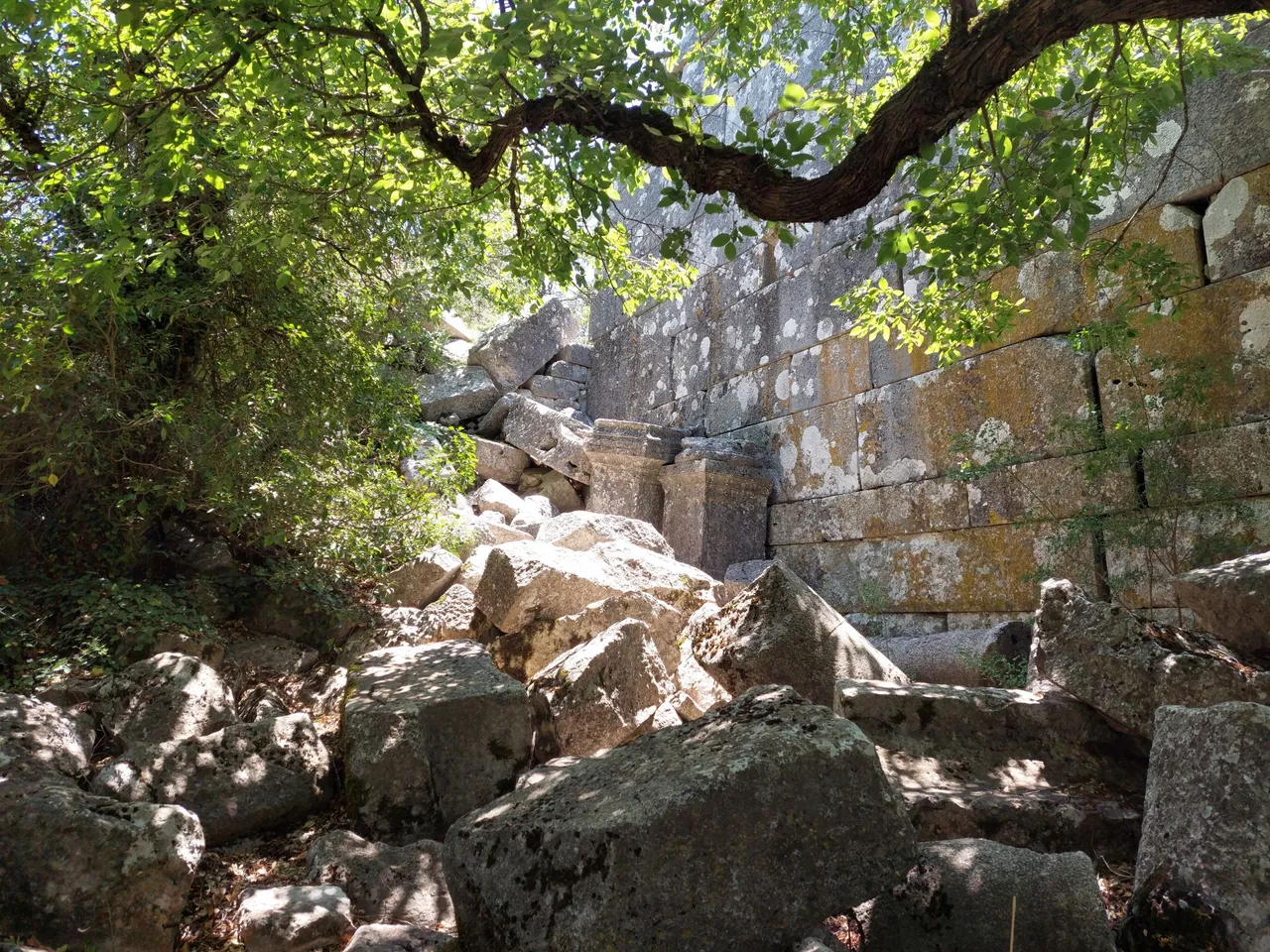
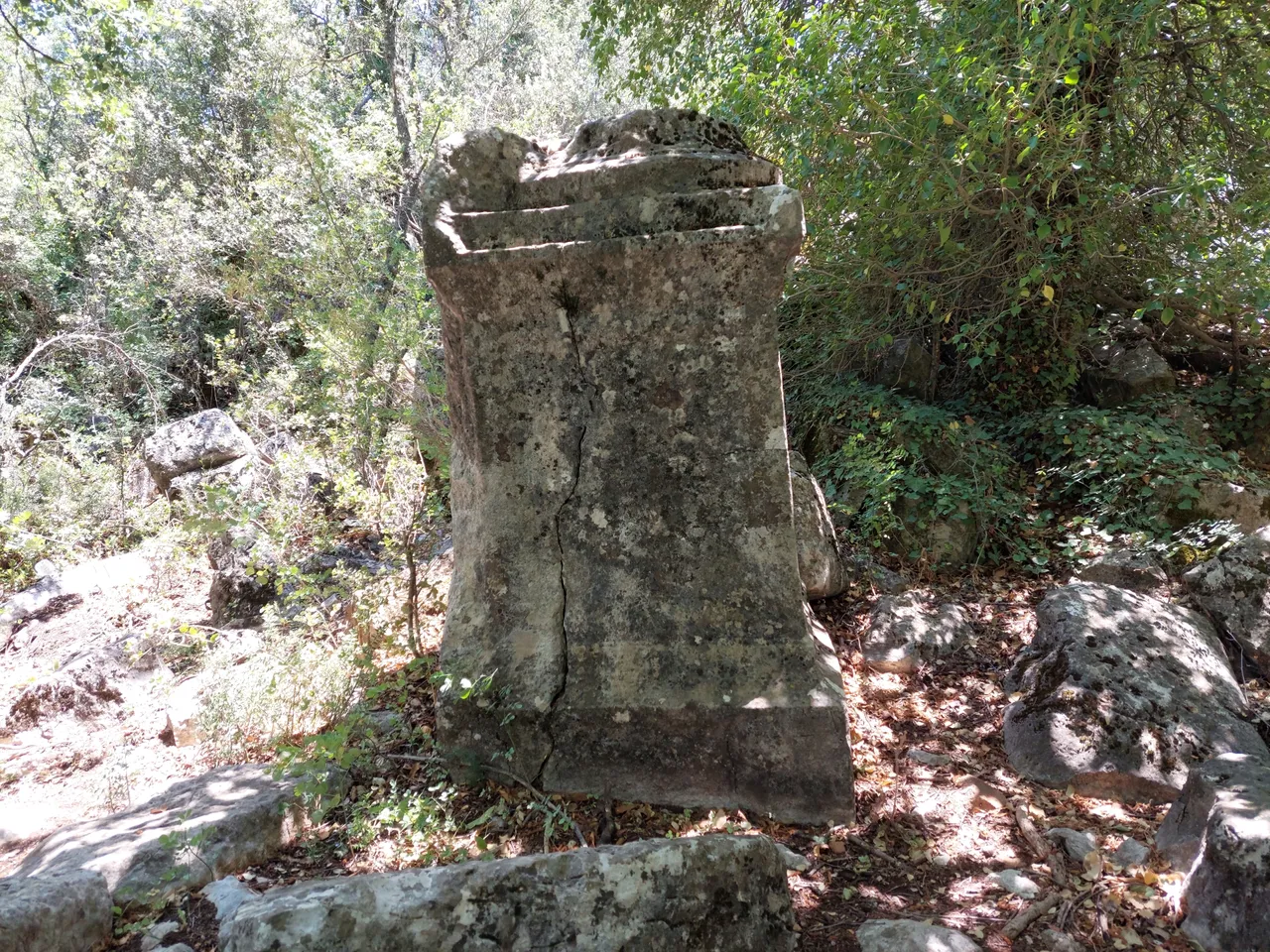
Cisterns and Reservoirs in Termessos
Termessos did not have any natural water sources. Therefore collecting and storing water was of utmost importance. The locals constructed cisterns and underground reservoirs using large stone blocks. In these cisterns, rainwater was collected and stored, providing the city with water during dry periods.
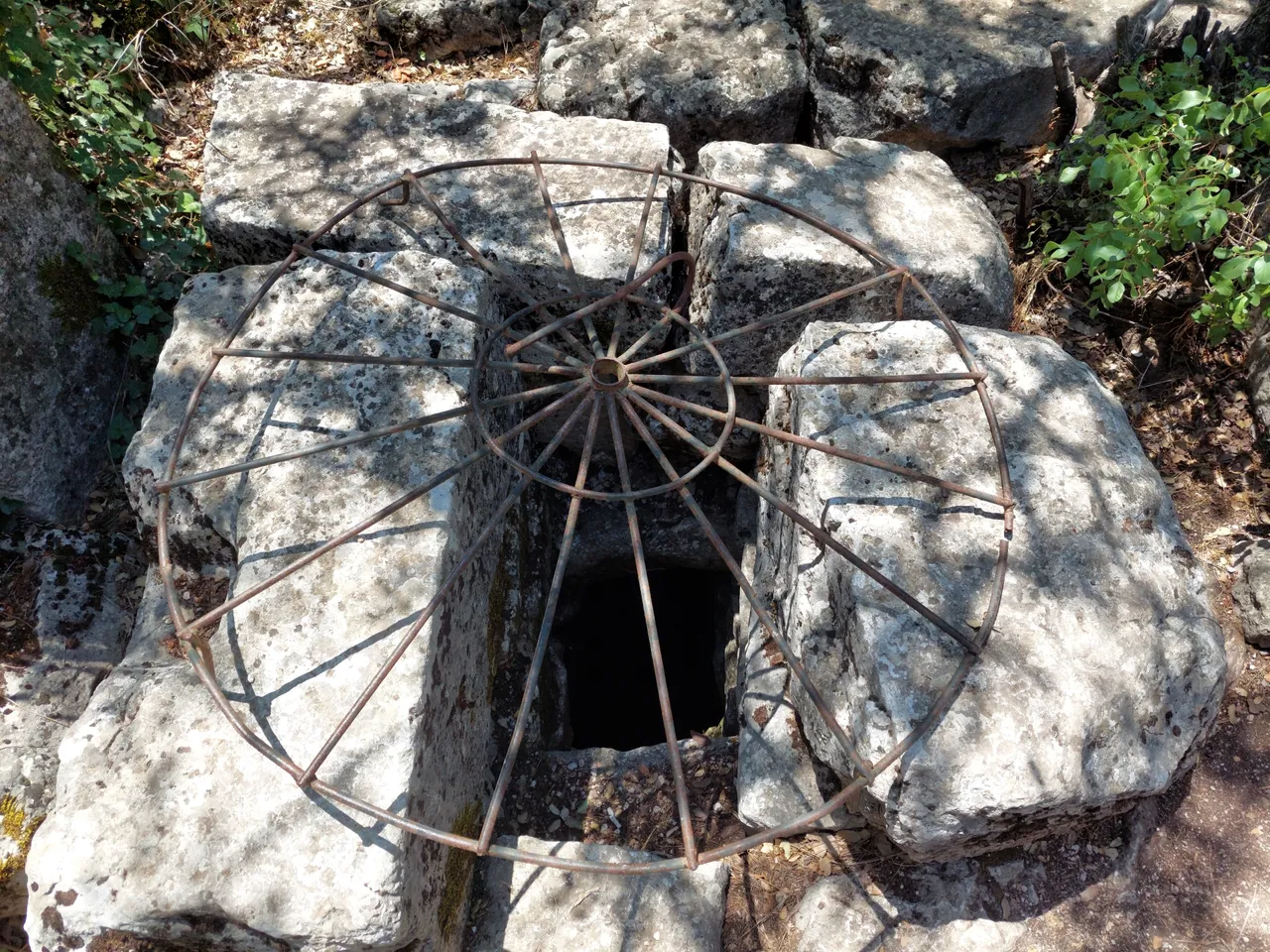
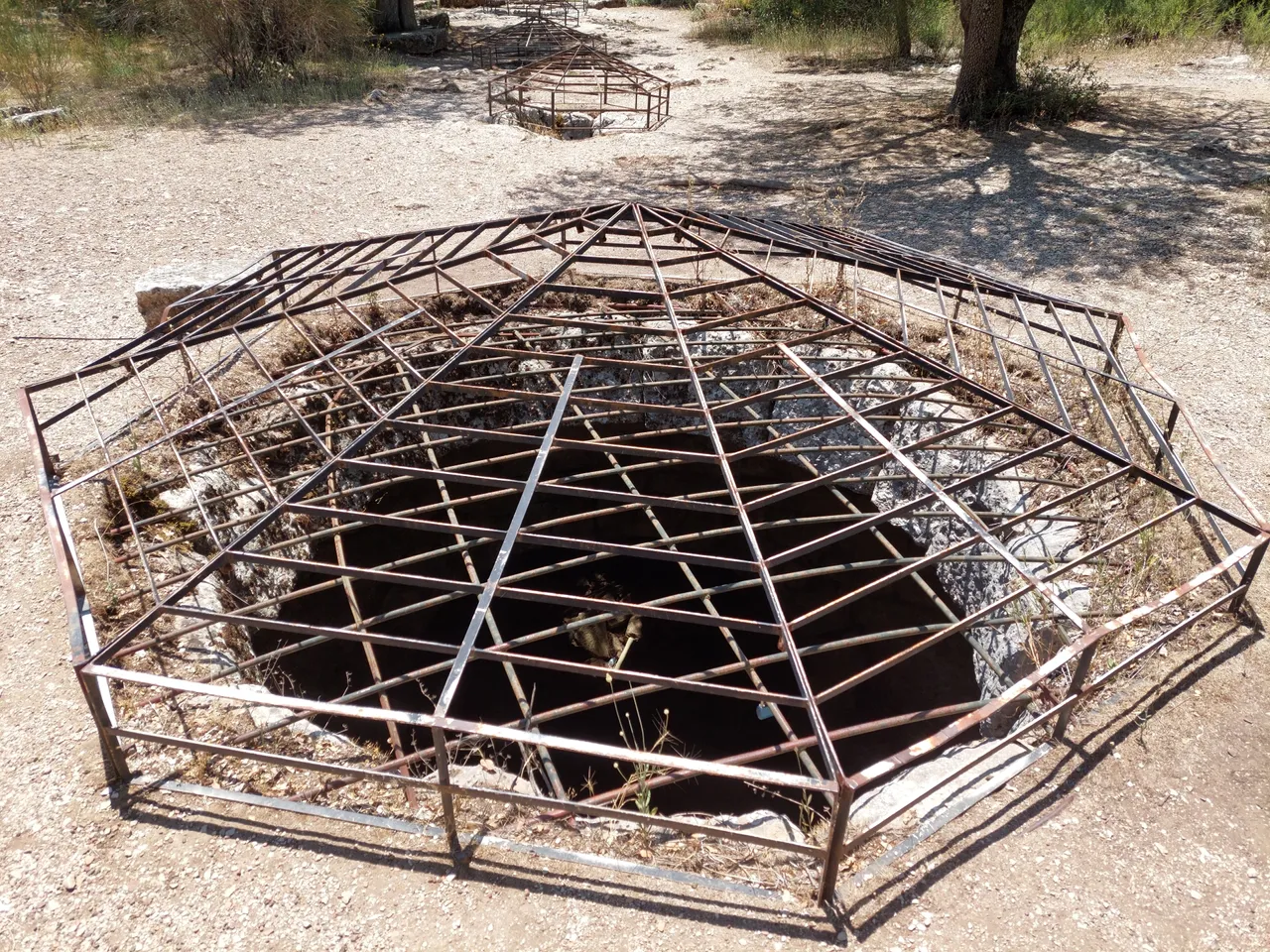

Rock Tombs
In Termessos, one can find numerous rock tombs and sarcophagi. I've read that in ancient cultures, rocks represented the main goddess. Therefore it is known that people placed their tombs in rocks to be close to the main goddess. The rock tombs of the Termessians stand out from those of the Lycians. After all this is Pisidia, a different region and the tombs here resemble more those found in other Pisidian cities. I saw similar tombs during my visit to Sagalassos. The rock tombs in Sagalassos, like those in Termessos are carved into natural rock formations and generally modestly adorned.
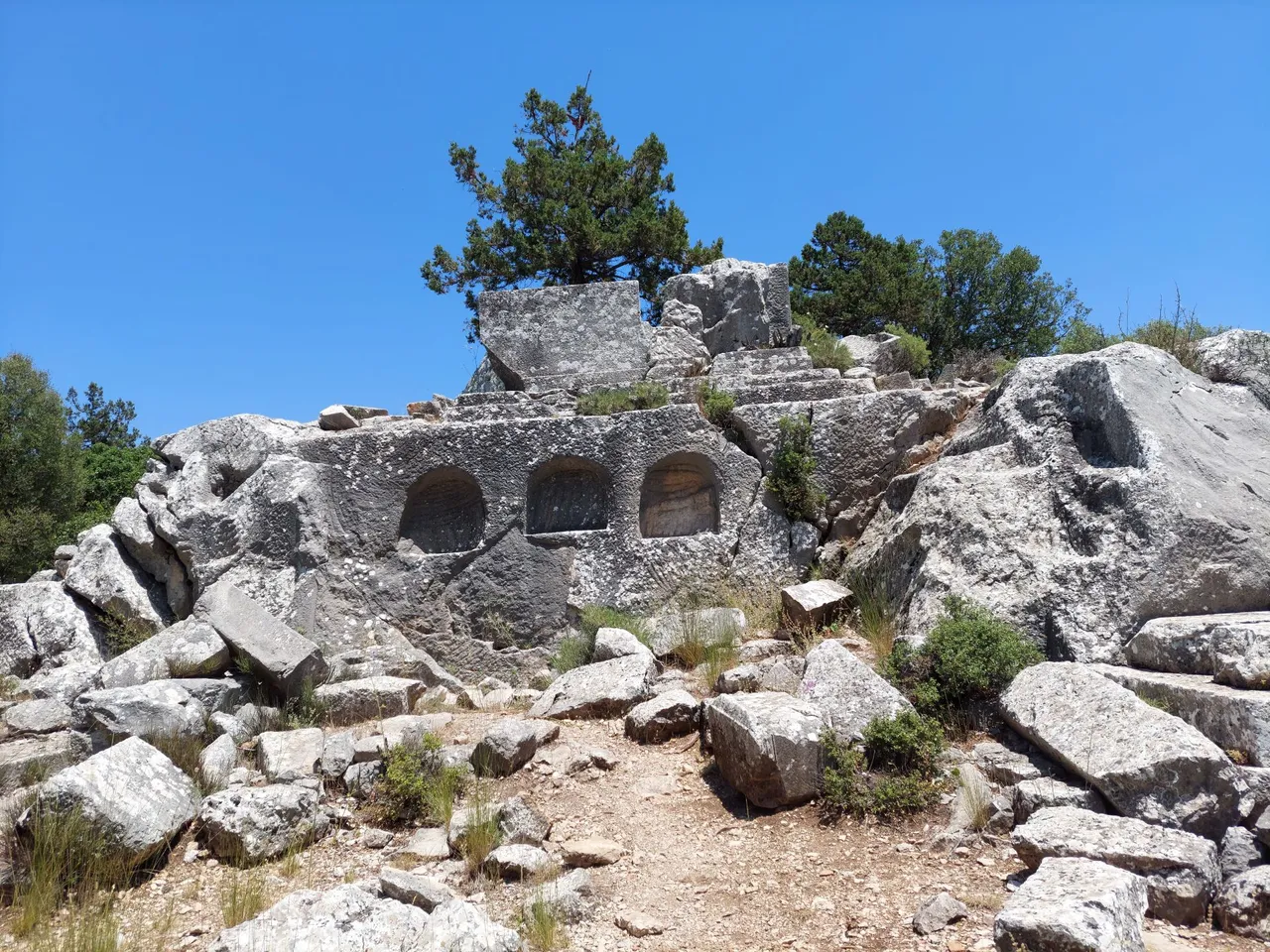
In the agora section there are toppled columns, remnants of shops and a temple of Artemis. It is known that the agora functioned as the center of trade. The Temple of Artemis gives us clues about the city's beliefs. And we know there is also an Artemis gate in Termessos. On the city's coins one can come across the image of Zeus. All of these indicate that the cults of Artemis and Zeus predominated in this city. Of course these are gods of later periods. It is known that the Solymi worshipped a god named Solymeus. Although not much information is available about this god, it is known that in later periods, he was identified with Zeus. So, Solymeus was the name of both the people, the gods and the mountains here. This mountain is clearly visible from the agora. (I took photos of Artemis and Termessos coins yesterday at the Antalya Archaeological Museum)

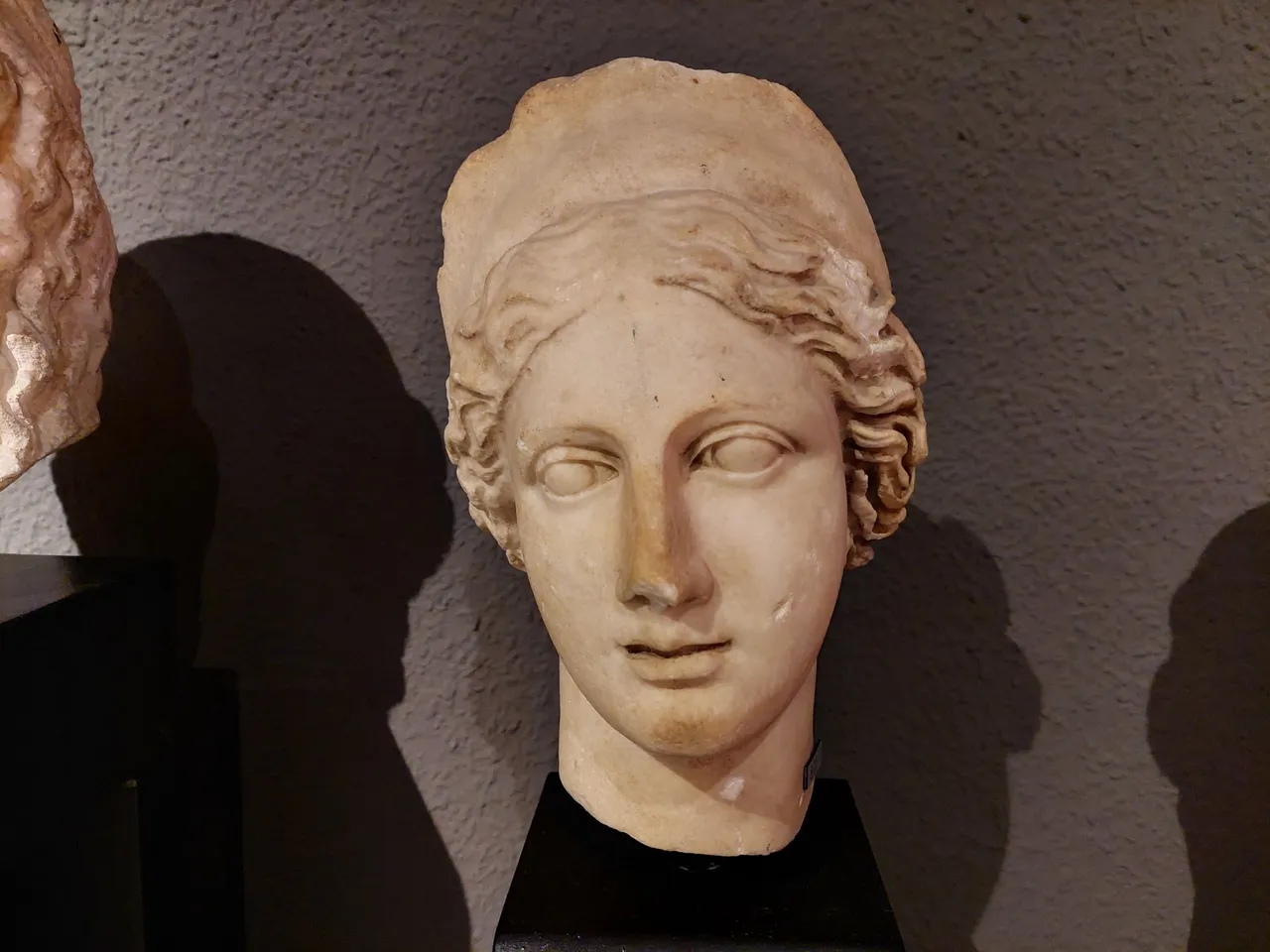
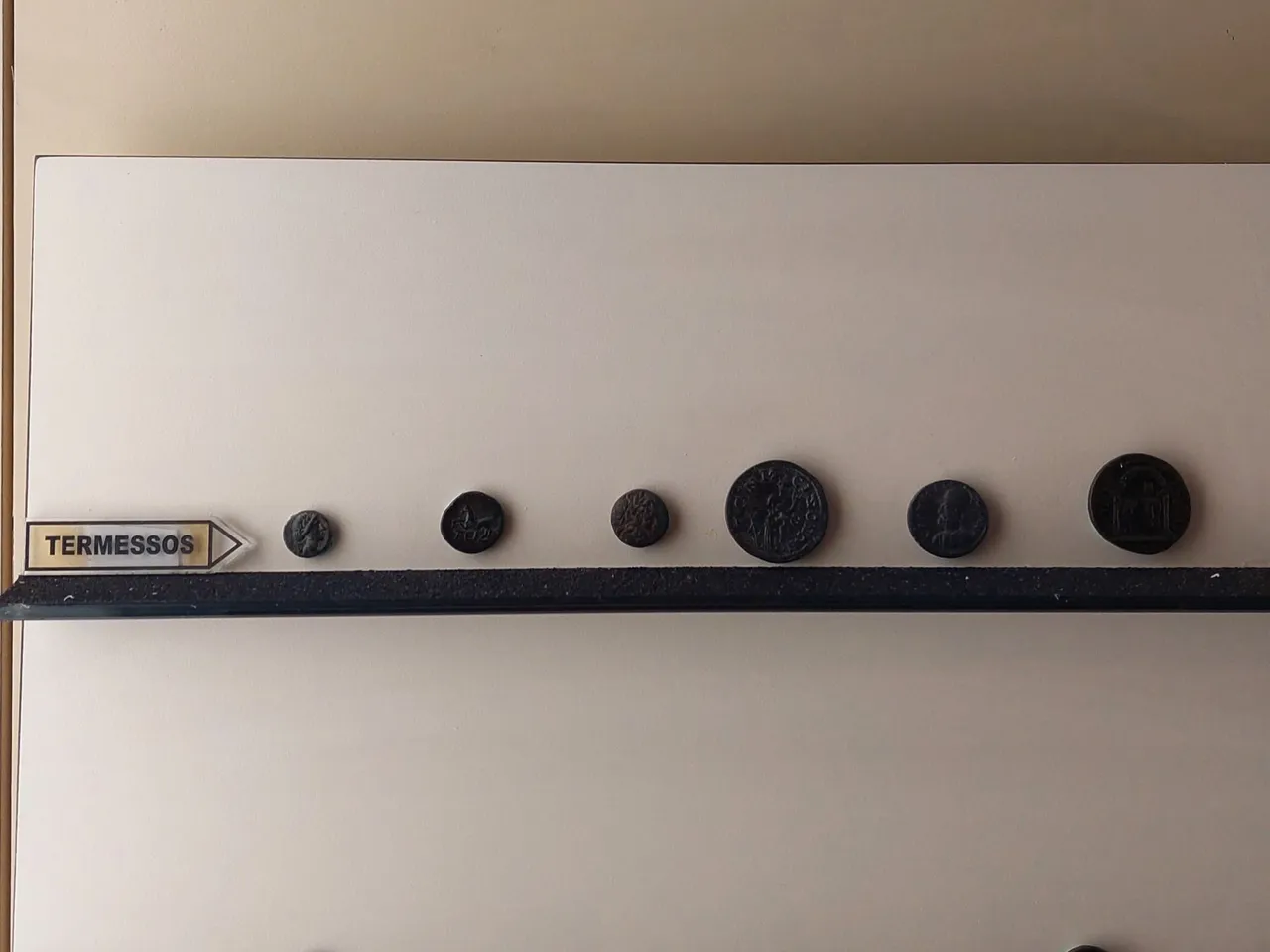
Termessos Amphitheatre
Following the Agora, one reaches the most magnificent structure of Termessos that has survived to this day: the amphitheatre. The theatre has a capacity of approximately five thousand people and combines features of both Greek and Roman theatres indicating later additions. It boasts a spectacular view opening towards the fertile plains of Pamphylia and the Solymos Mountains. Another extraordinary feature is its coolness; after sitting and enjoying the breeze and cool air, I realized I was getting hungry 😄
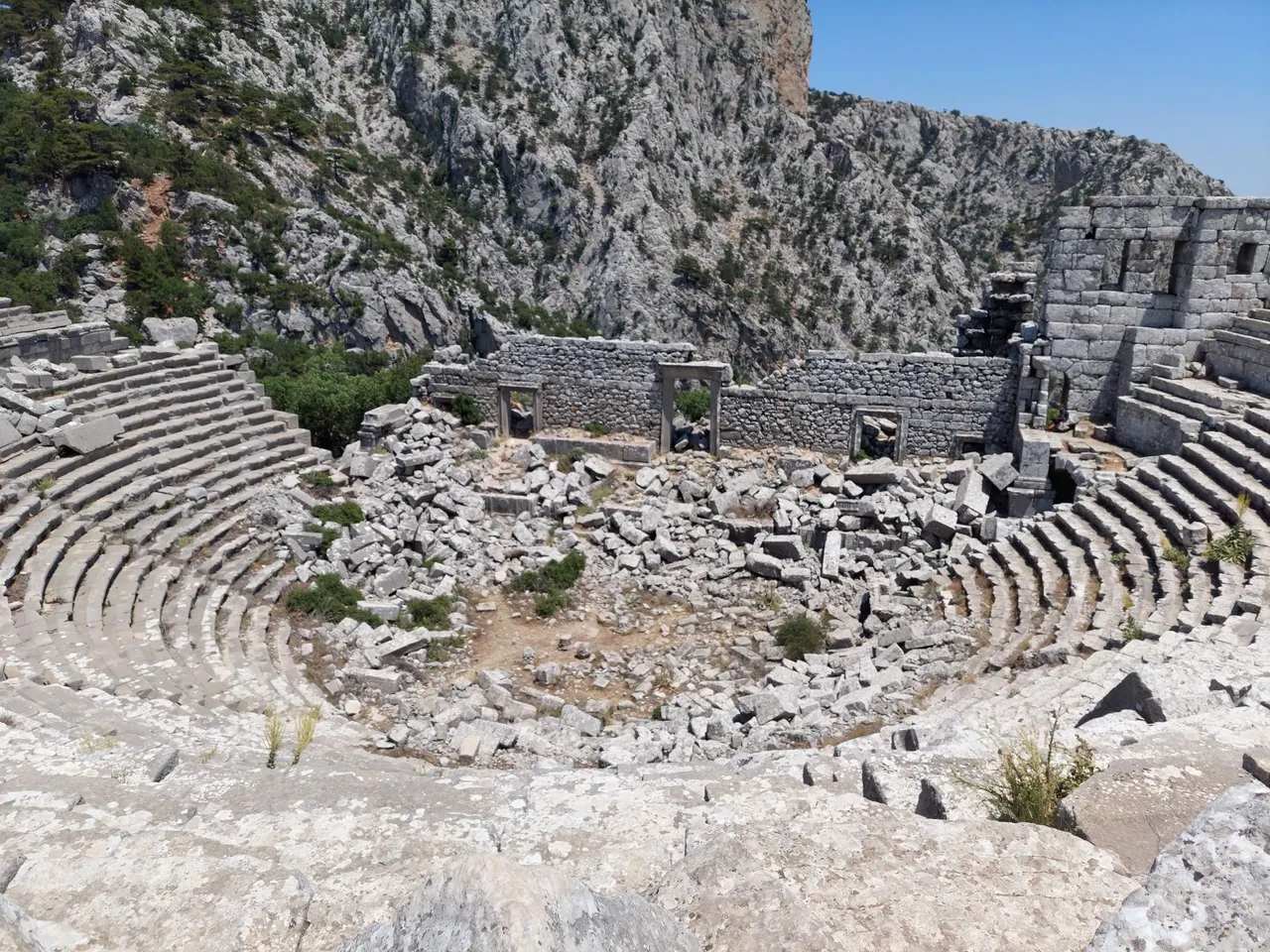
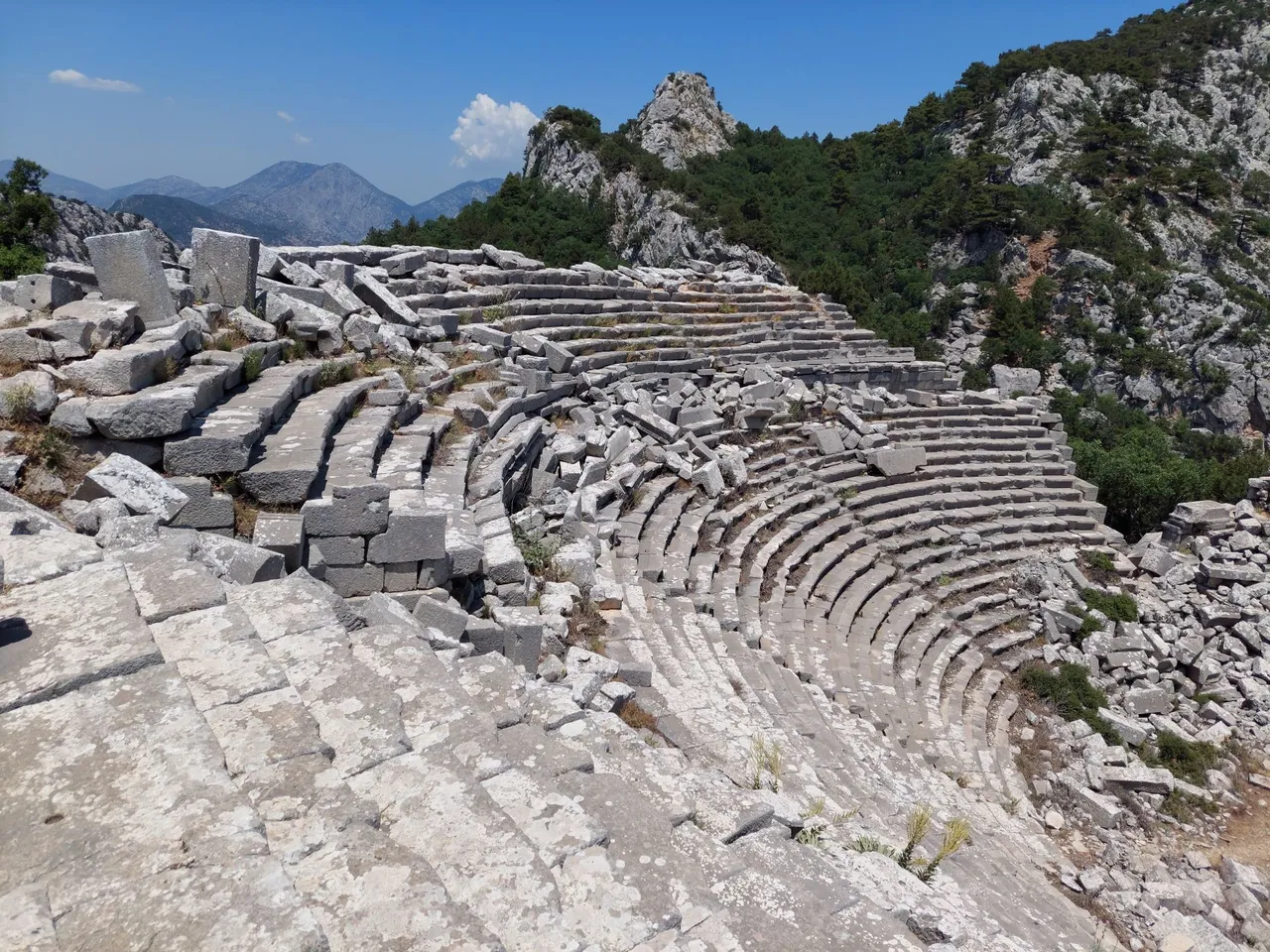
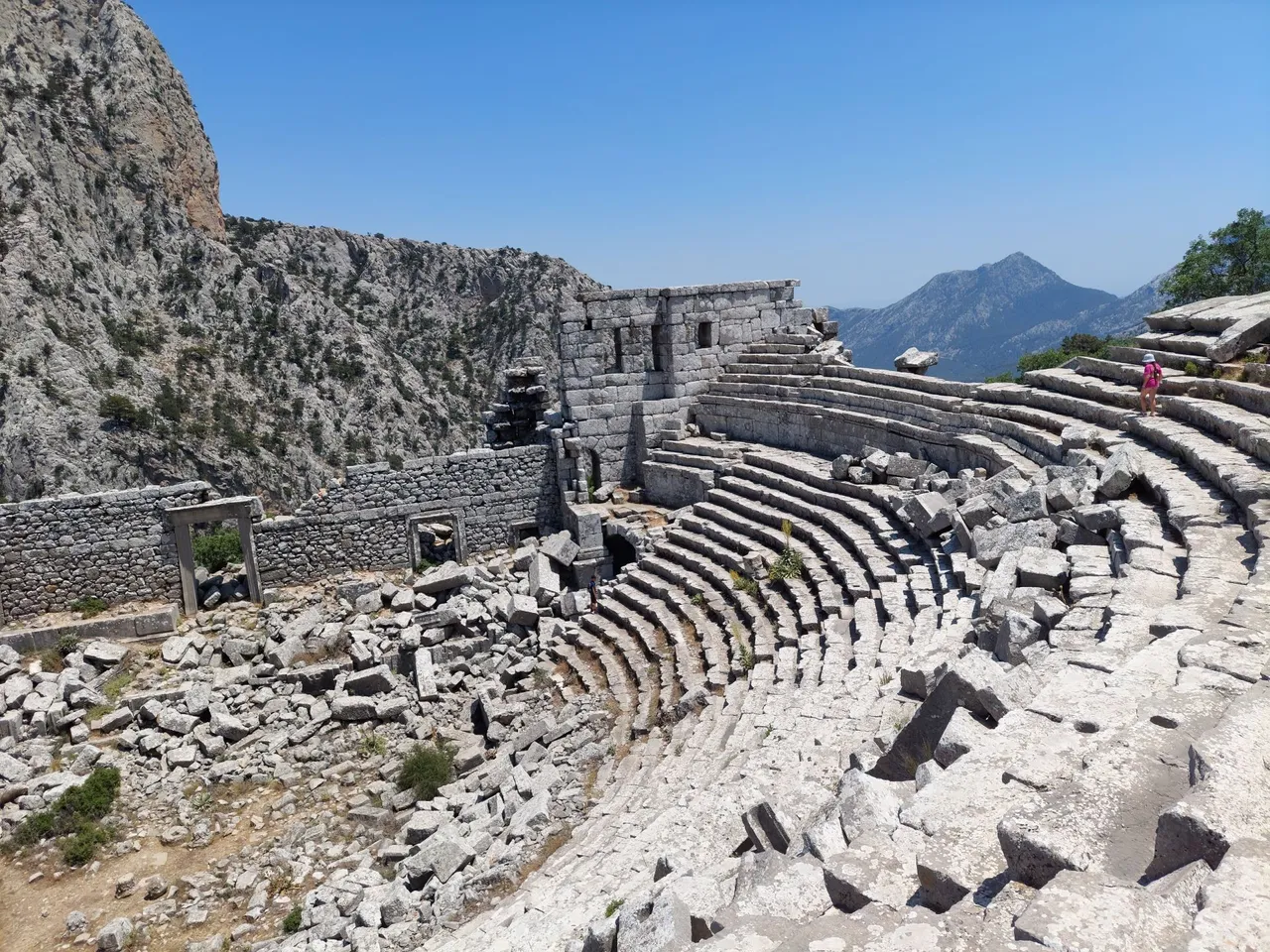
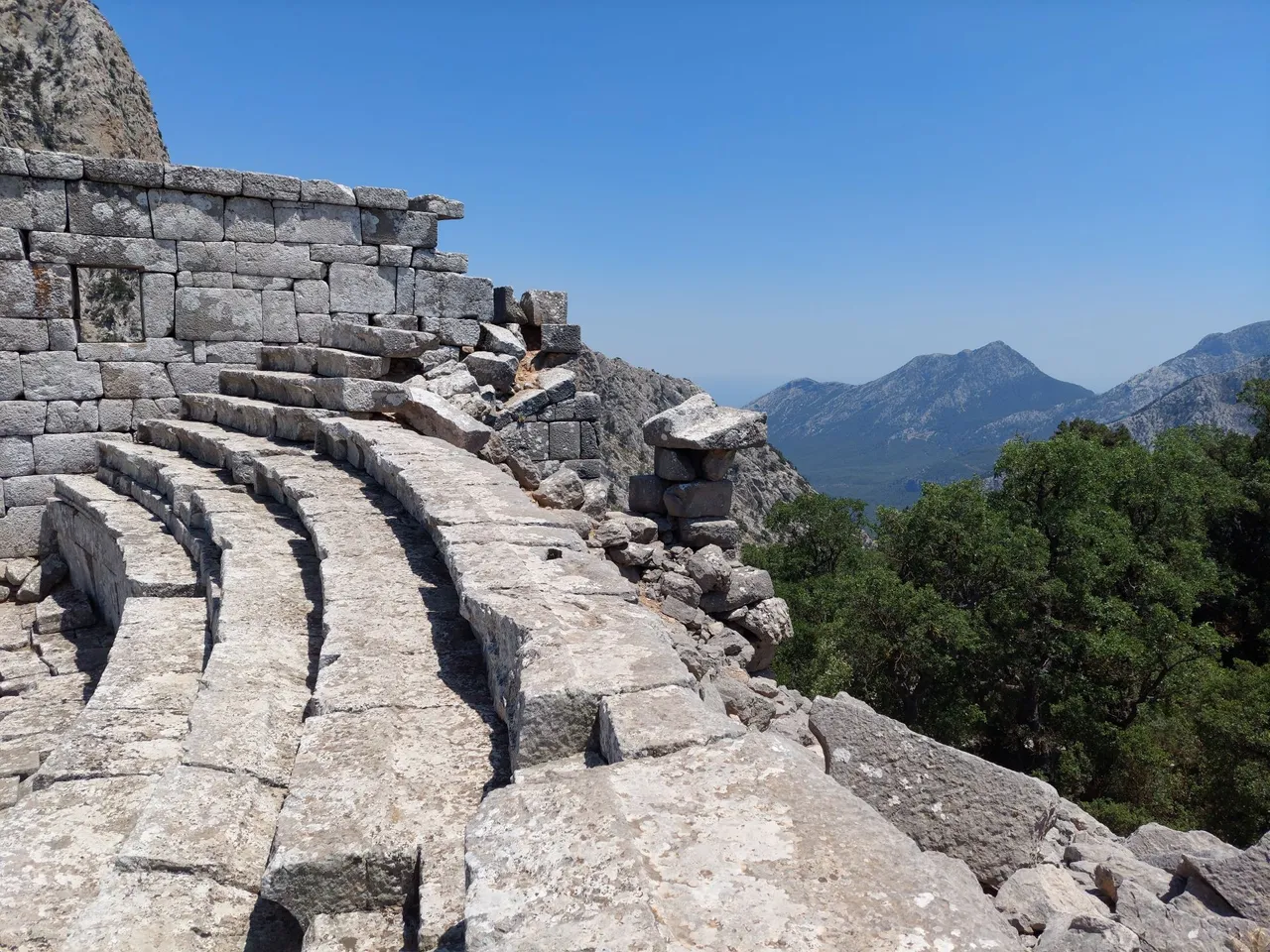
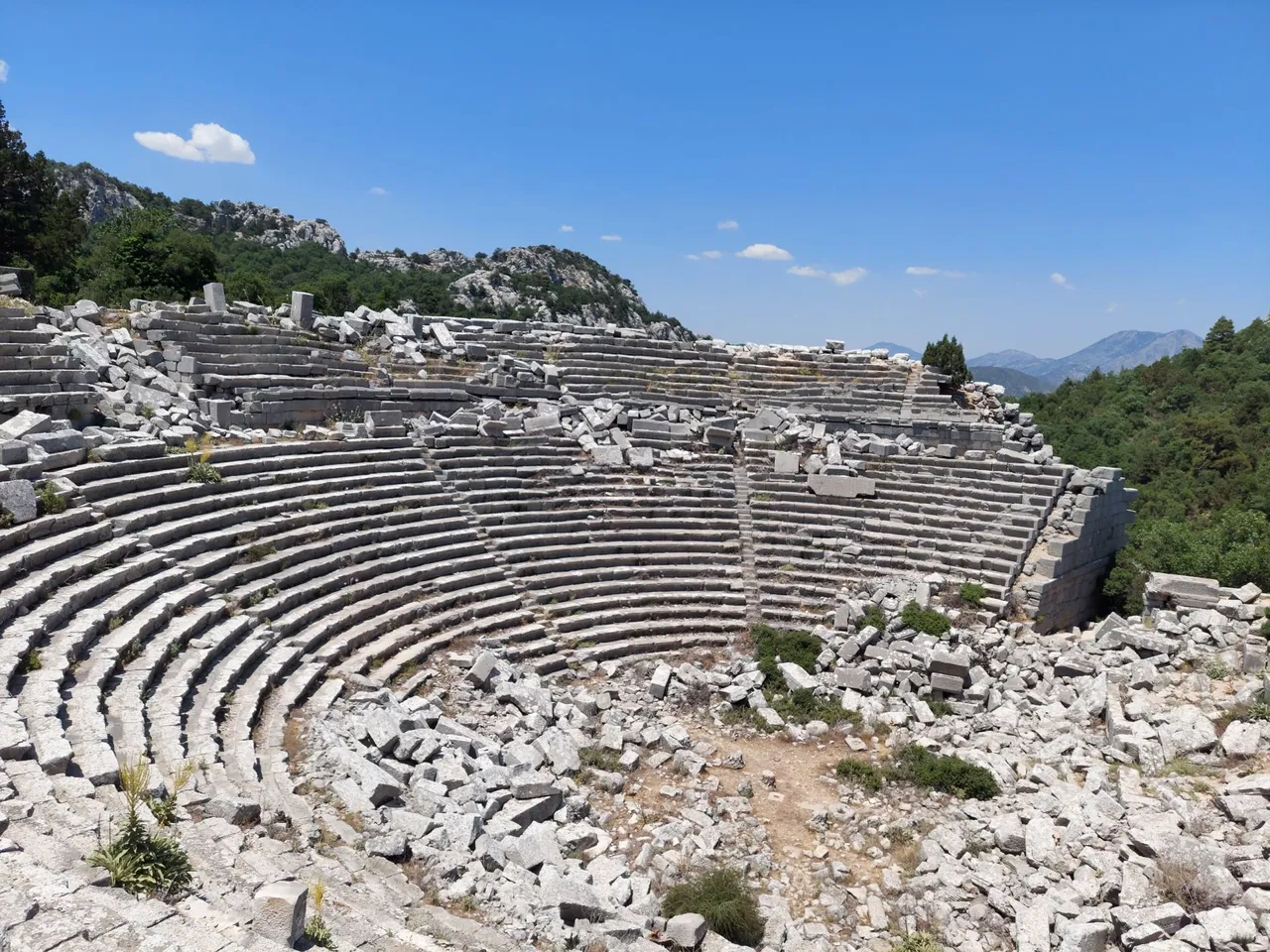
Picnic Time
I was about to walk another 11 kilometers back, so I thought it was a good idea to sit down and have a picnic. Thankfully I hadn't come without relying on the cafeteria. I had brought stuffed mulberry leaves, kibbeh, fruits and nuts to replenish my energy. Of course I couldn't finish everything, but my backpack had certainly lightened up quite a bit.
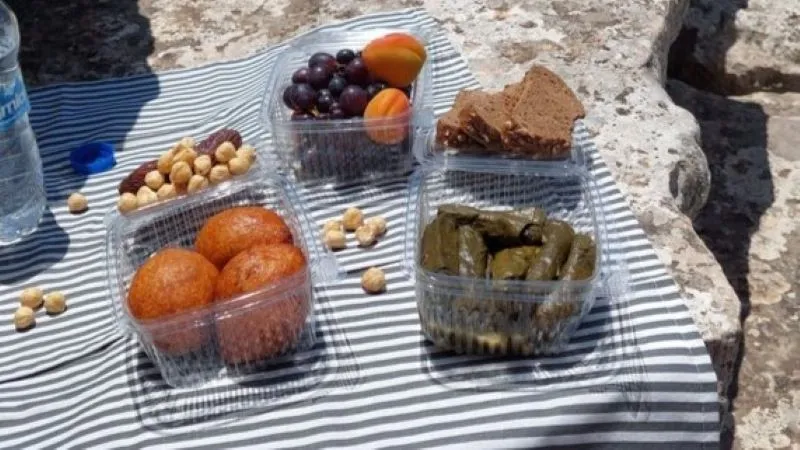
Dogs and Termessos
On the way back I was very surprised to see this adorable dog. How had it made its way to the top of the mountain? It looked very tired and thirsty. I had to give it half of my precious water to drink. Eventually it perked up and started wagging its tail. I began my descent down the mountain.
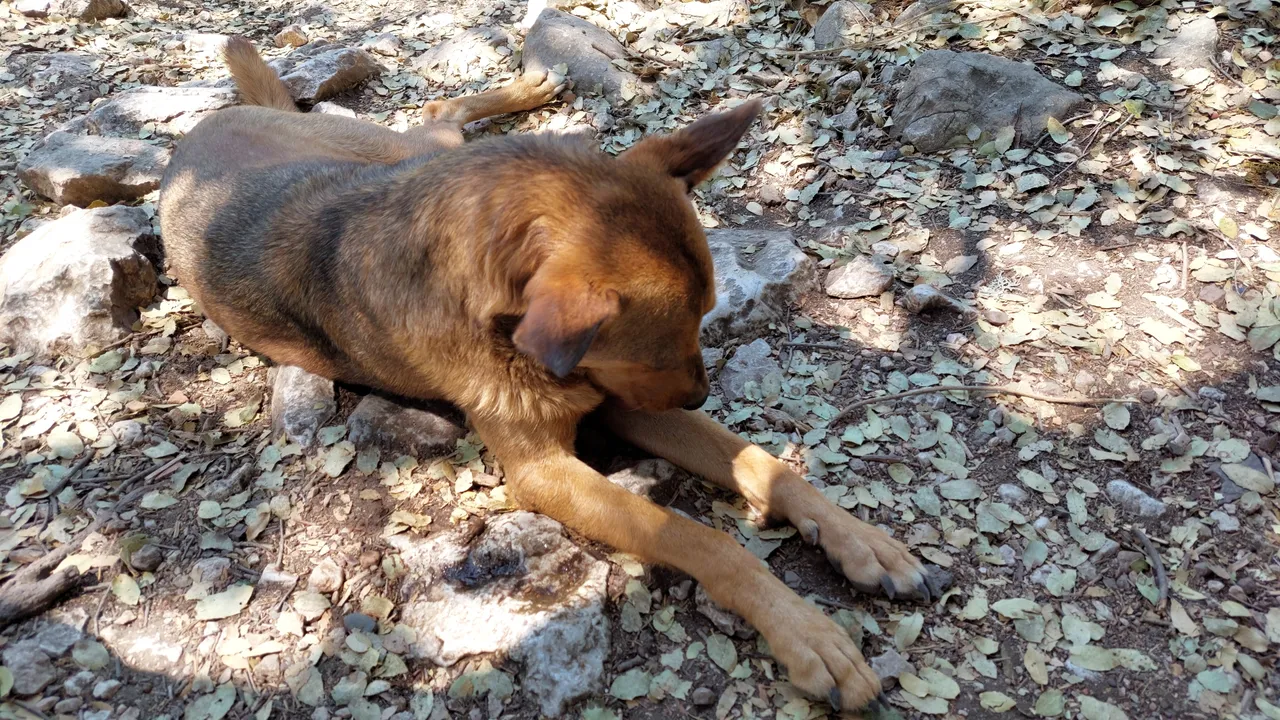
I can't go without mentioning a very interesting find related to dogs. The dog sarcophagus is one of the most fascinating artifacts found in this ancient city, currently on display at the Antalya archaeological museum. I had the opportunity to examine it closely during my visit the day before. It resembles small sarcophagi called ostotheks. Initially it was thought to belong to a baby. However when the inscriptions on it were read, a very different story emerged.

Rhodope, a nun from Termessos, was deeply saddened by the death of her dog and had a sarcophagus tomb built for her dog named Stephanos. The inscription on the sarcophagus reads, Rhodope had this tomb made for me, her dog Stephanos.
Hadrian and the Artemis Gate
After walking downhill for 1.5 kilometers from the paths next to the theater, I encountered this gate. This is the Artemis and Hadrian Gate. Hadrian, one of the five good emperors of Rome, was undoubtedly a beloved figure in Termessos as well and during his time peace, prosperity and abundance were likely experienced here as in other places.
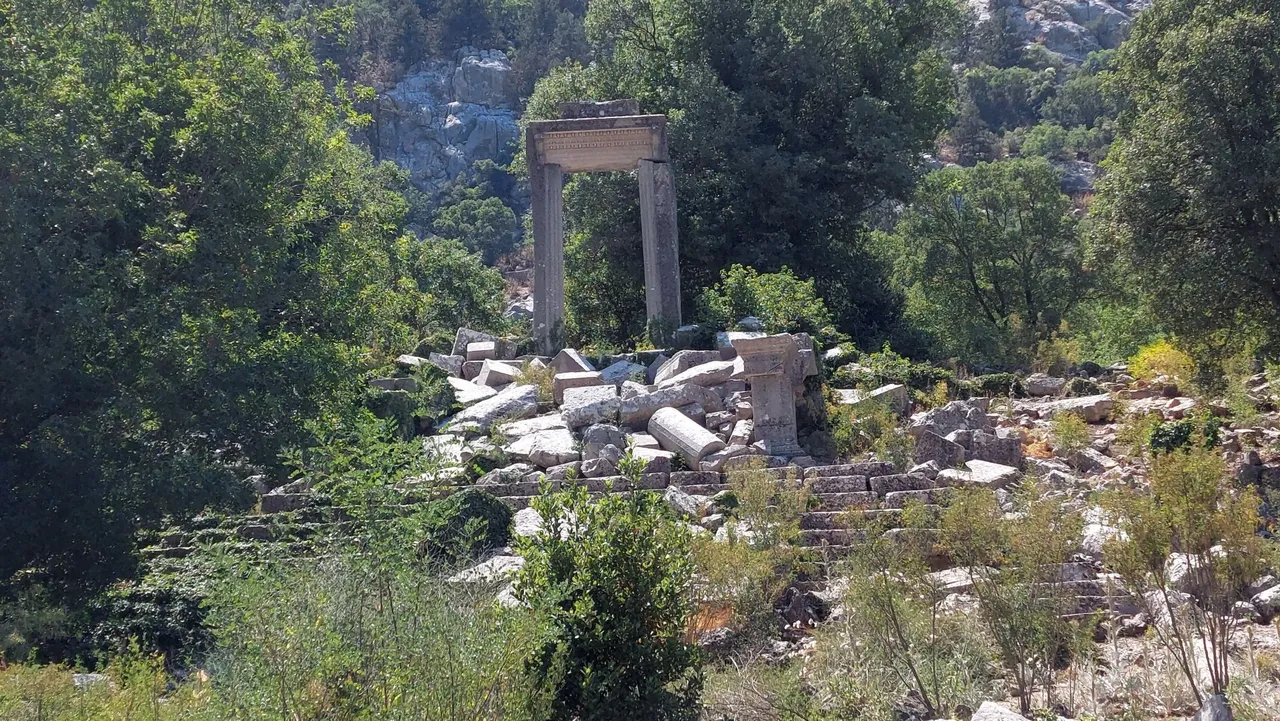
There were still many places to see in Termessos after this, but my time was running out. The attendant had told me the gates would close at six o'clock. It wouldn't be a good idea to be locked in here at night 😄

I would probably start eating fruits and leaves out of hunger. I thought it best not to take this risk and started walking down without lingering too much with flowers and insects. I had a handful of nuts and some water left. Eating nuts while descending from the mountain was more enjoyable than watching Netflix imo. 😄 At the same time I was deeply contemplating where the Solymi people might have disappeared to. The city was left as it was, almost like leaving a meal and a teapot on the table when something happens. Did they experience an earthquake a fire, survive a pandemic like us or did their water systems fail? I guess finding the answers to these questions right now is difficult. Maybe in the future, when excavations start here, we can learn more about these issues. But it's clear they encountered a problem here and like the inhabitants of other nearby ancient cities, migrated to more favorable places for life and merged with the local population there.
What this hike taught me:
- Water is king. If you have water in these mountains, you're richer than anyone else.
- Mount Solymos is made up of steep and rugged cliffs. It was difficult for Alexander the Great and his soldiers to climb here.
- If you want to be happy, don't follow the path everyone else takes. Forge your own.
- Thanks to nuts and dates, I can walk another 22 km in nature.
- Lizards don't seem to like the sound of my voice. 😄
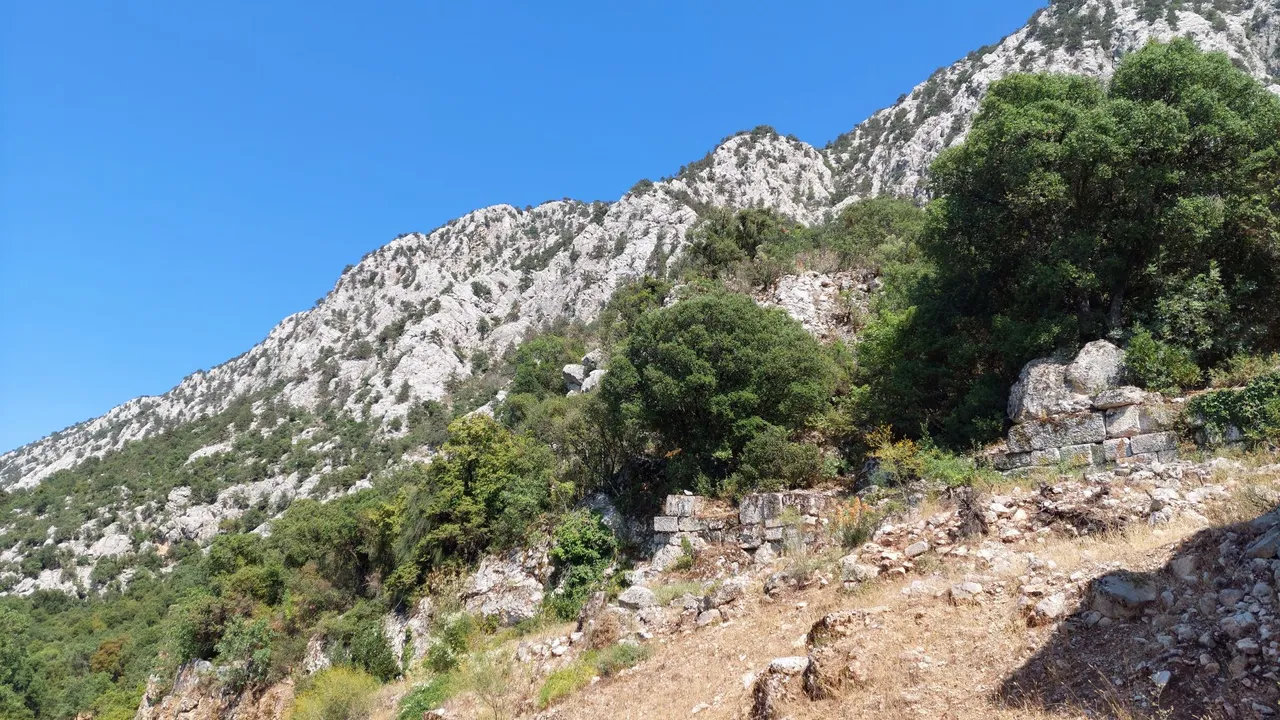
It was a beautiful hike in nature. Next time I'm considering cycling. The road up to the King's Road has a gentle slope of around 6%. After that it steepens, with gradients reaching about 10-12%. I think it's manageable by bike. Climbing uphill for 9 km can be a bit tiring, but the descent could be very enjoyable. I haven't seen any cyclists, but I'd like to give it a try next time.
